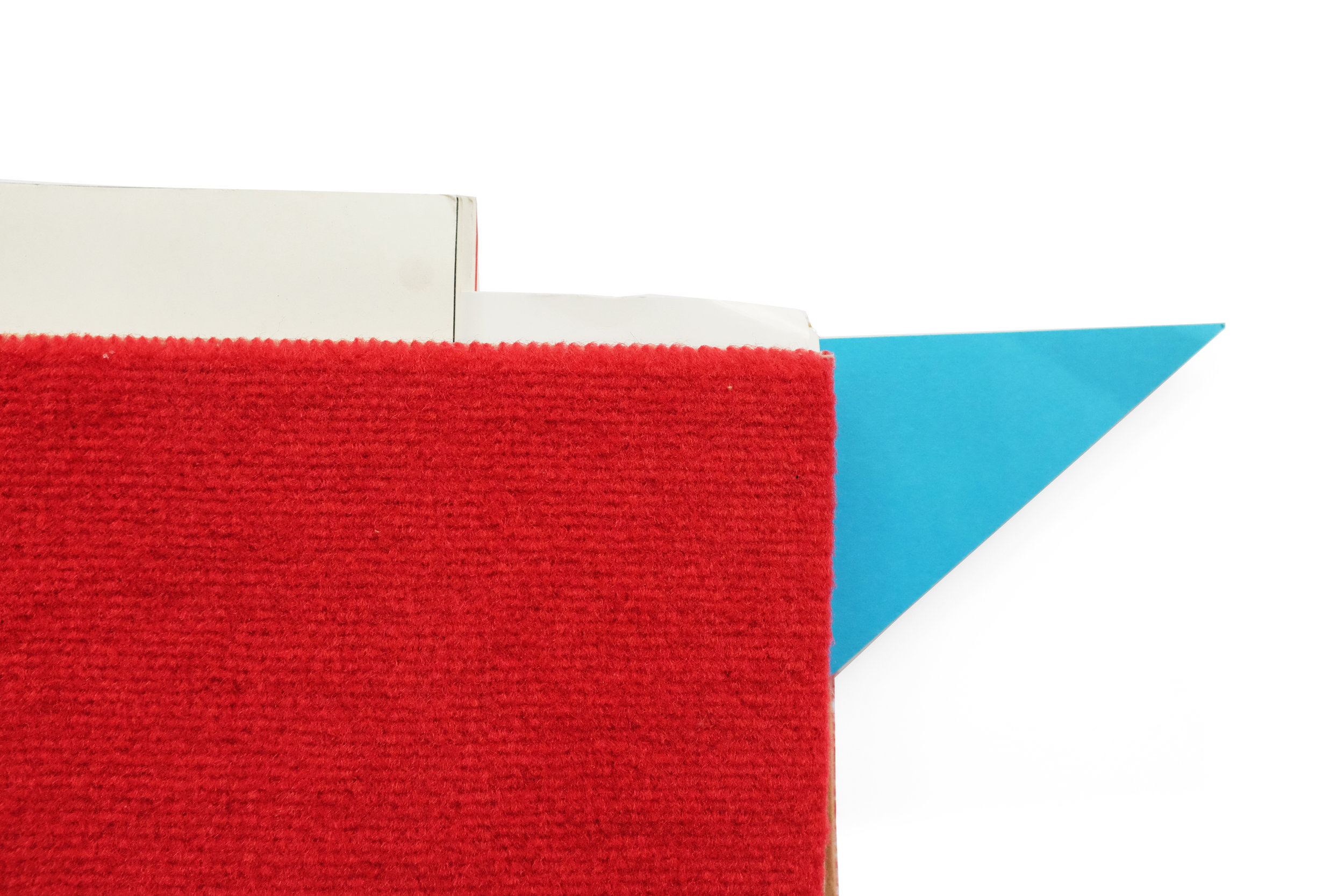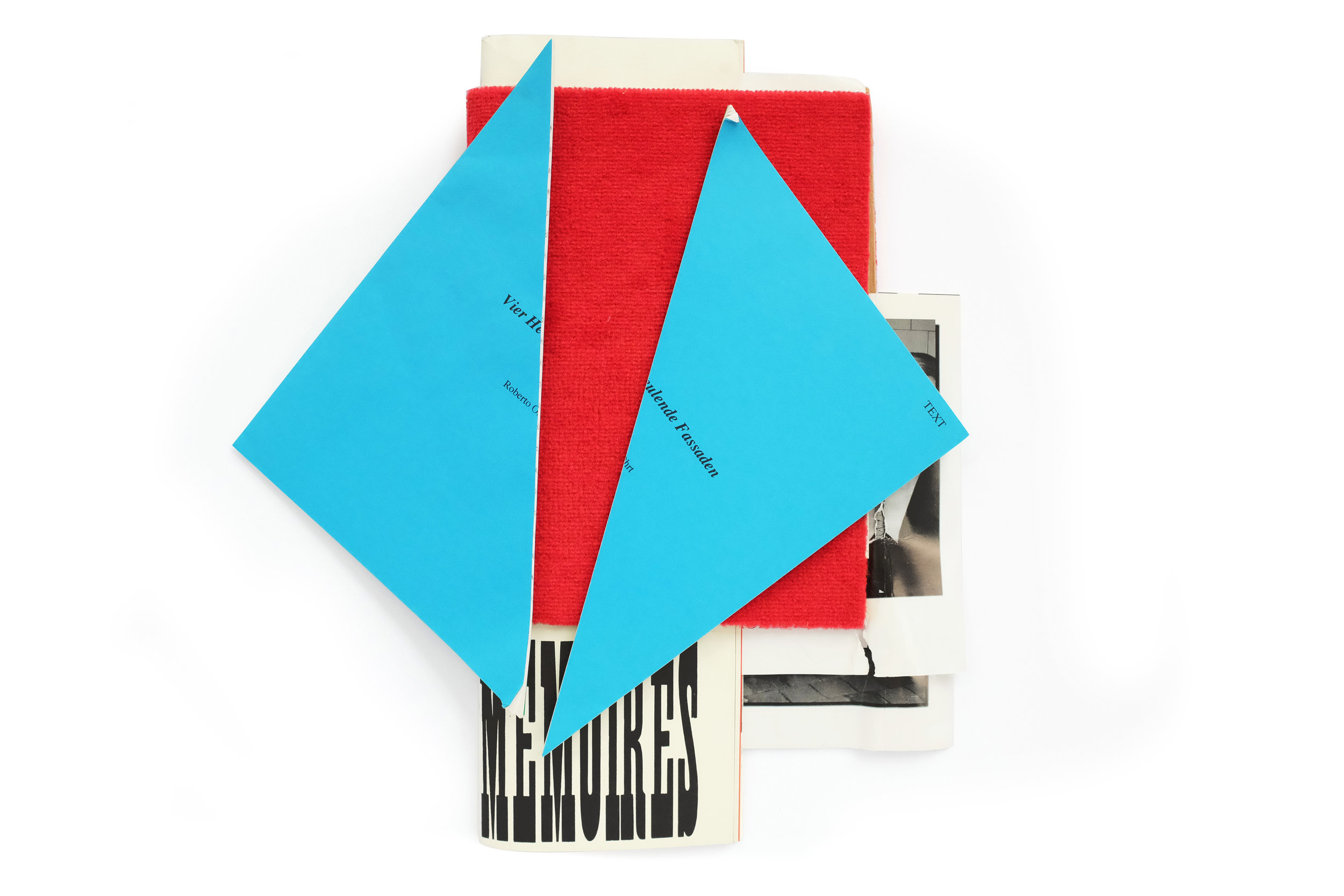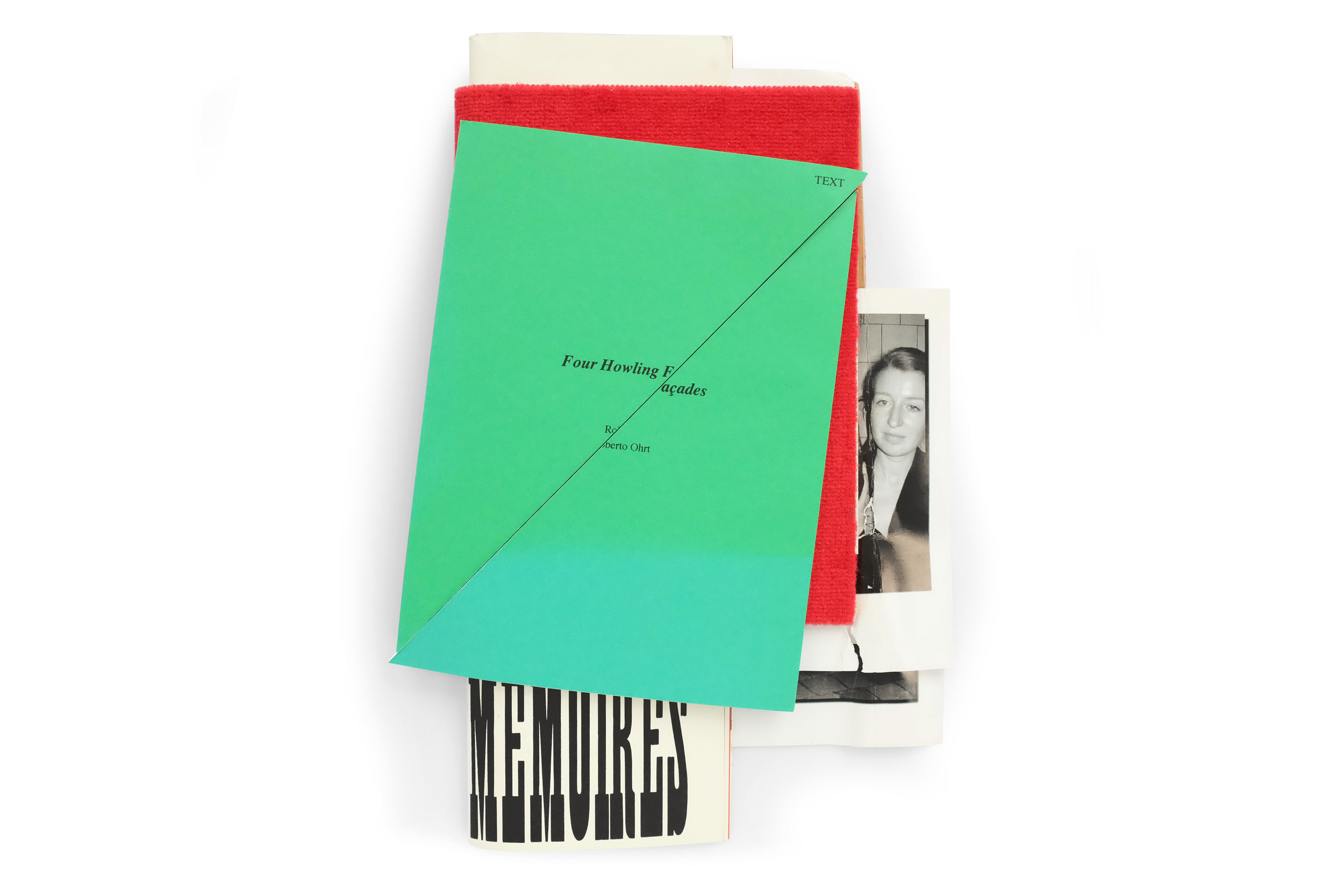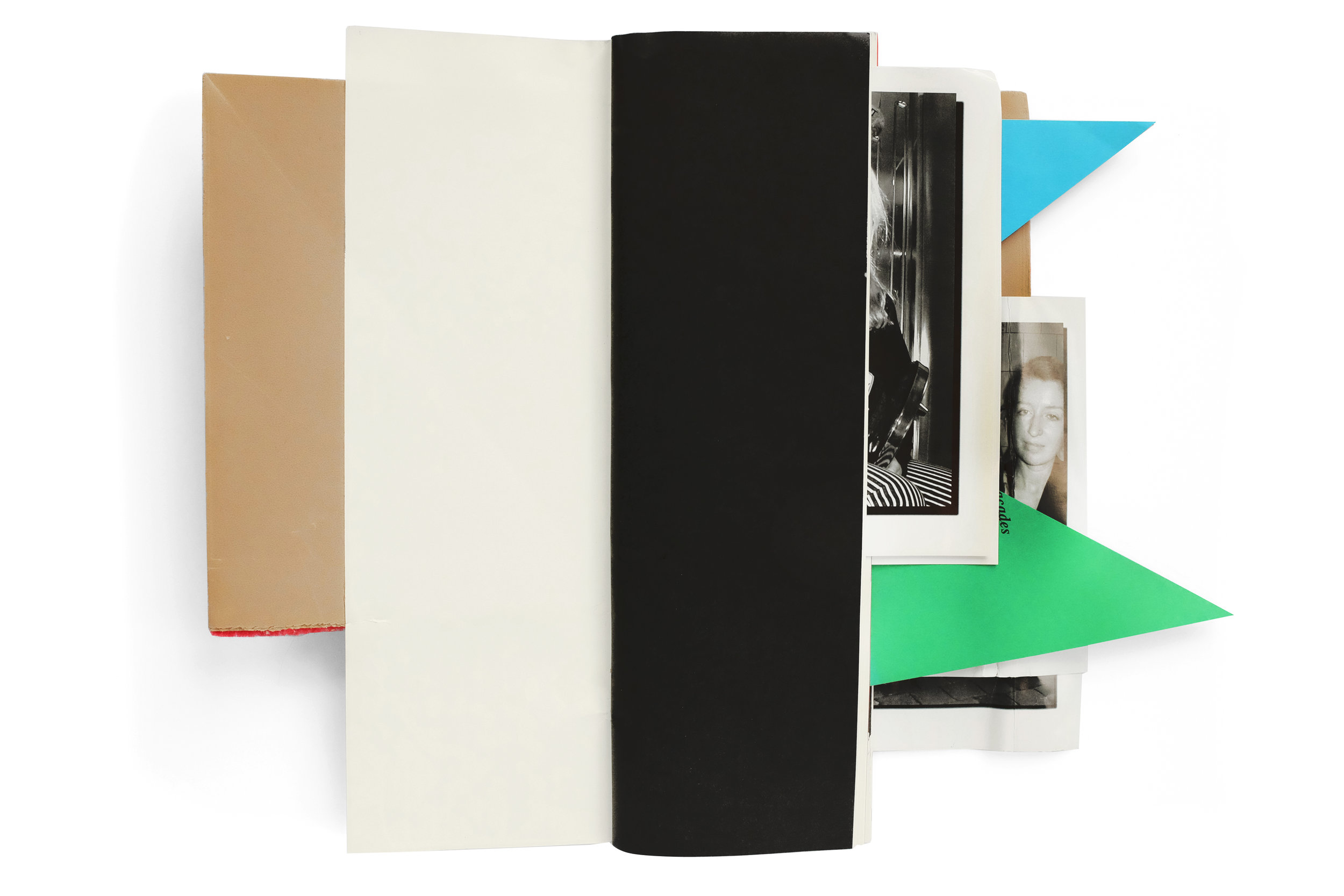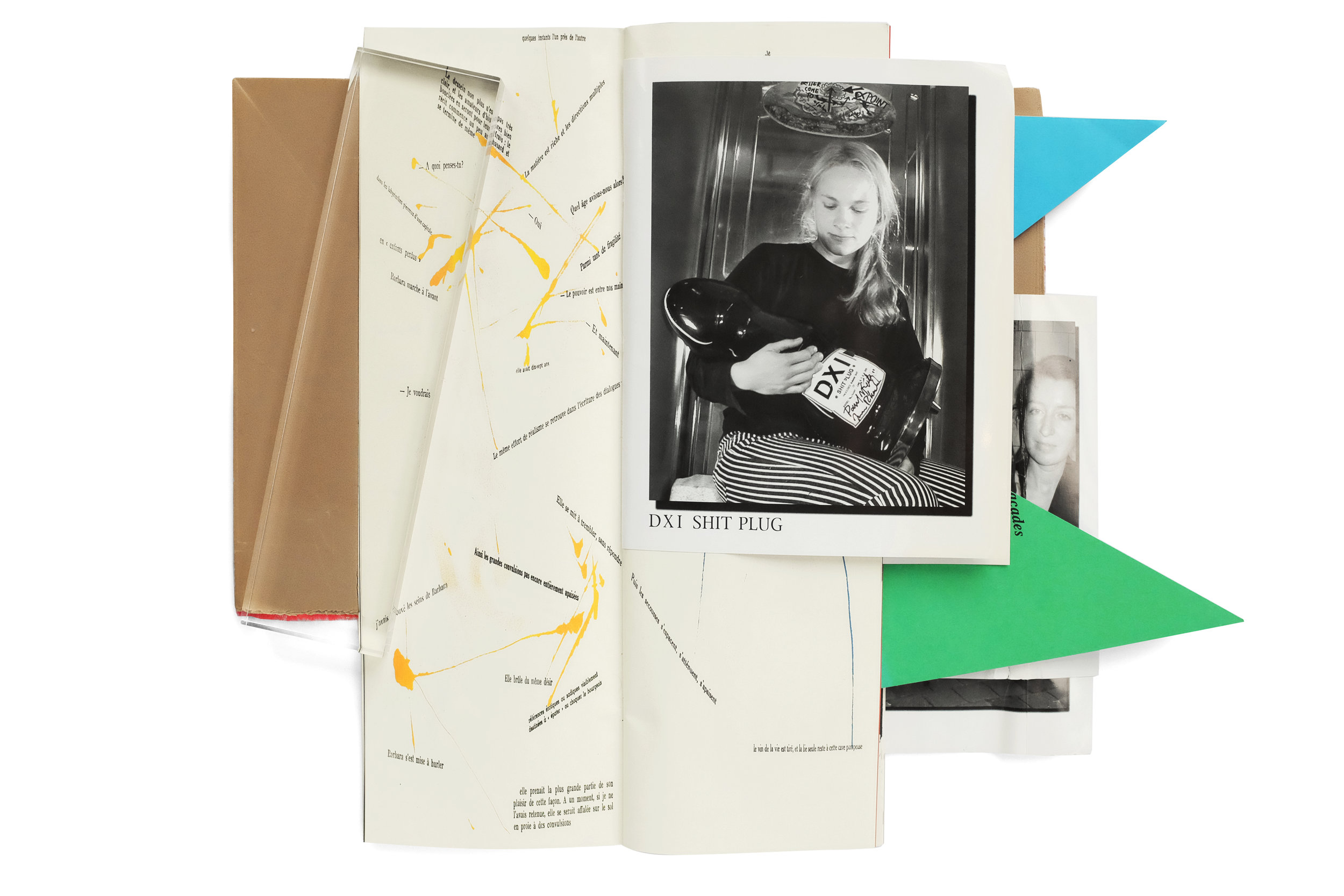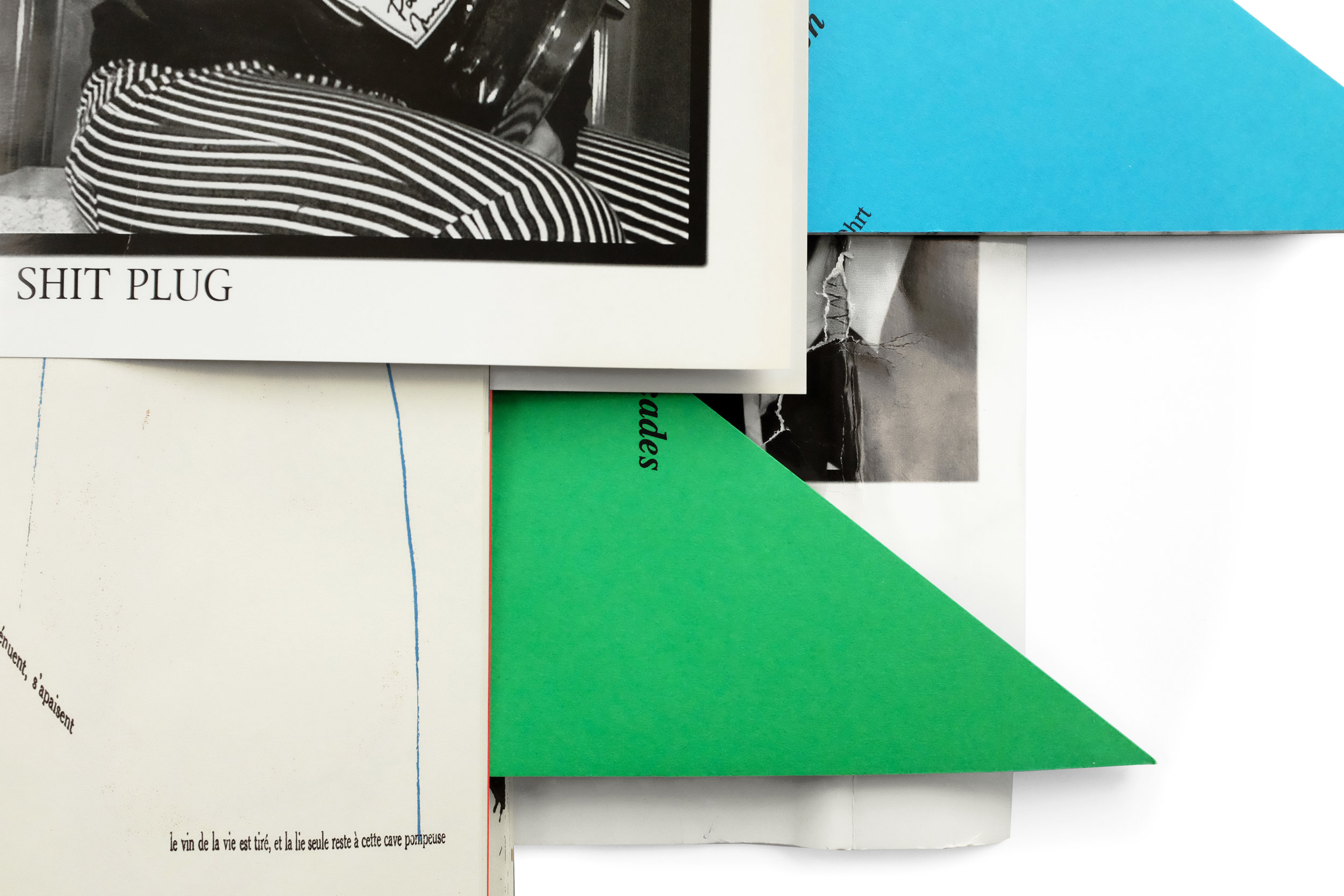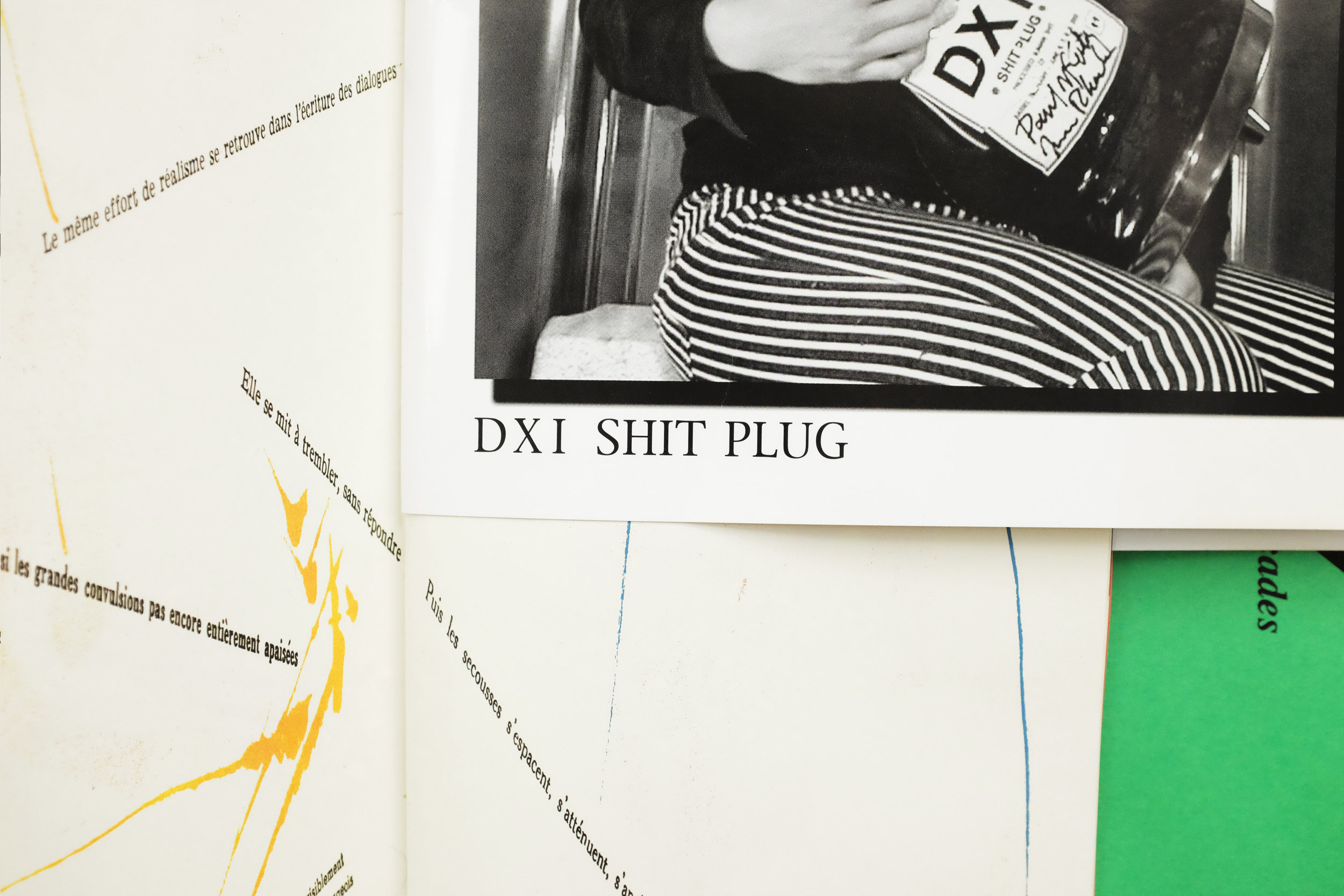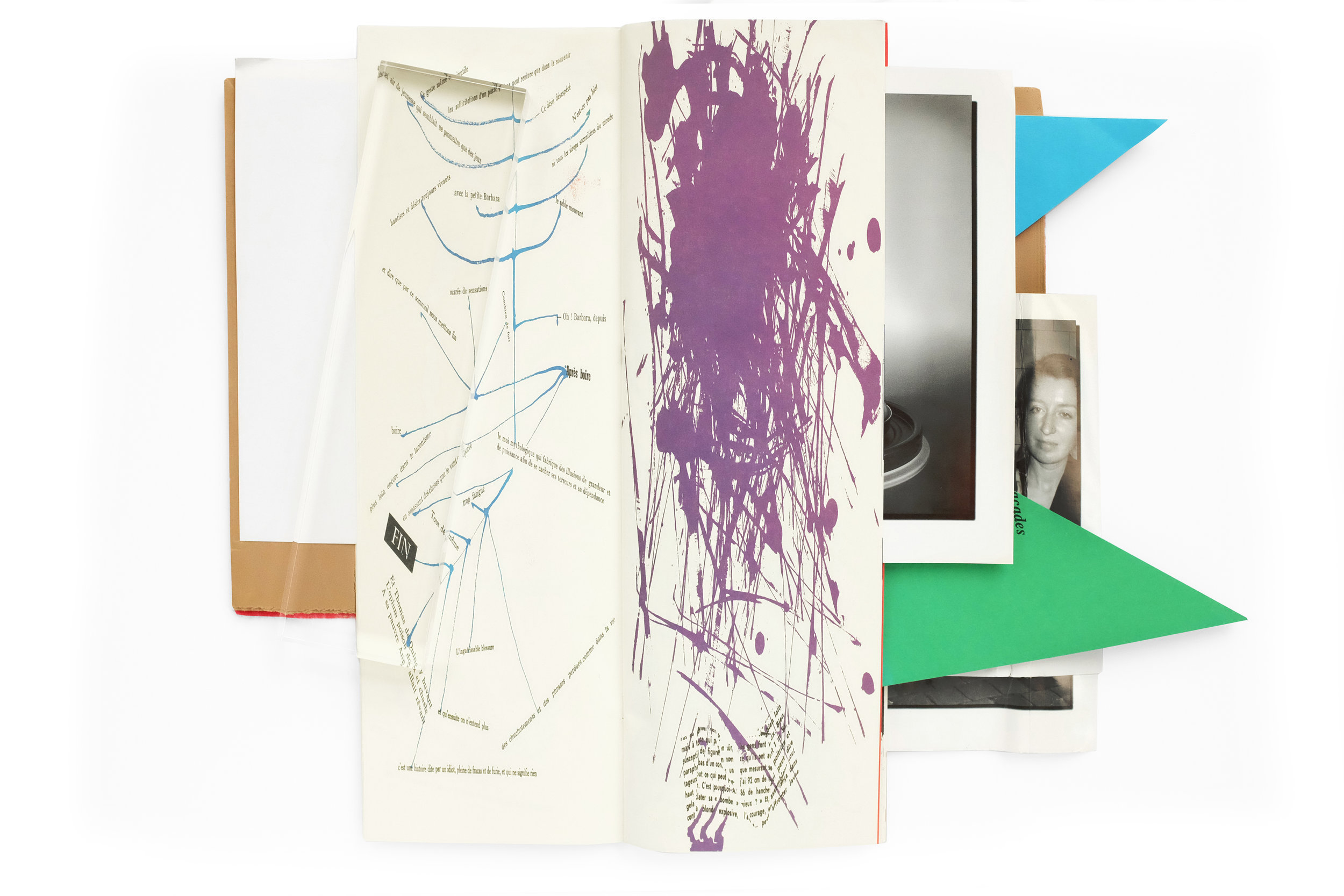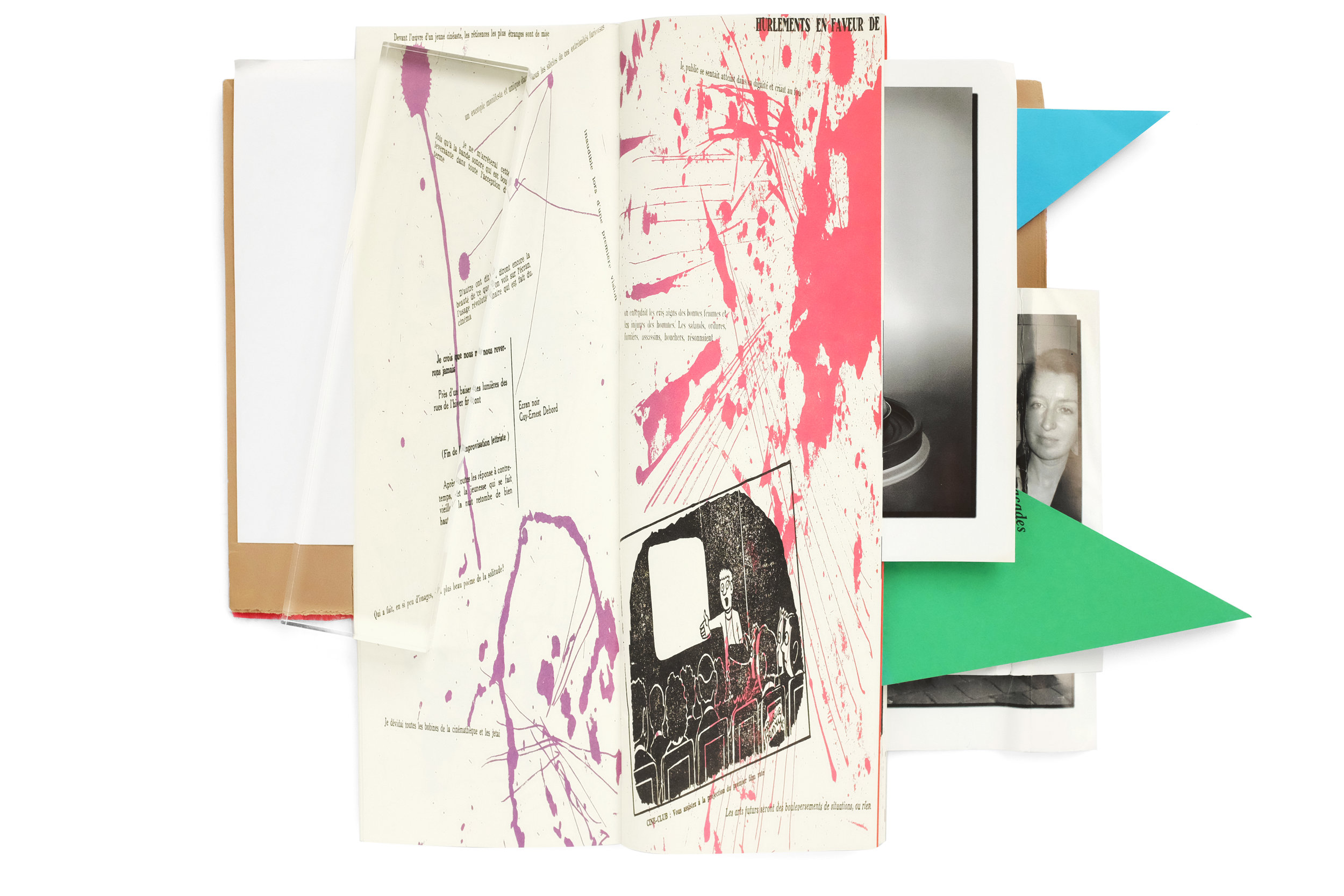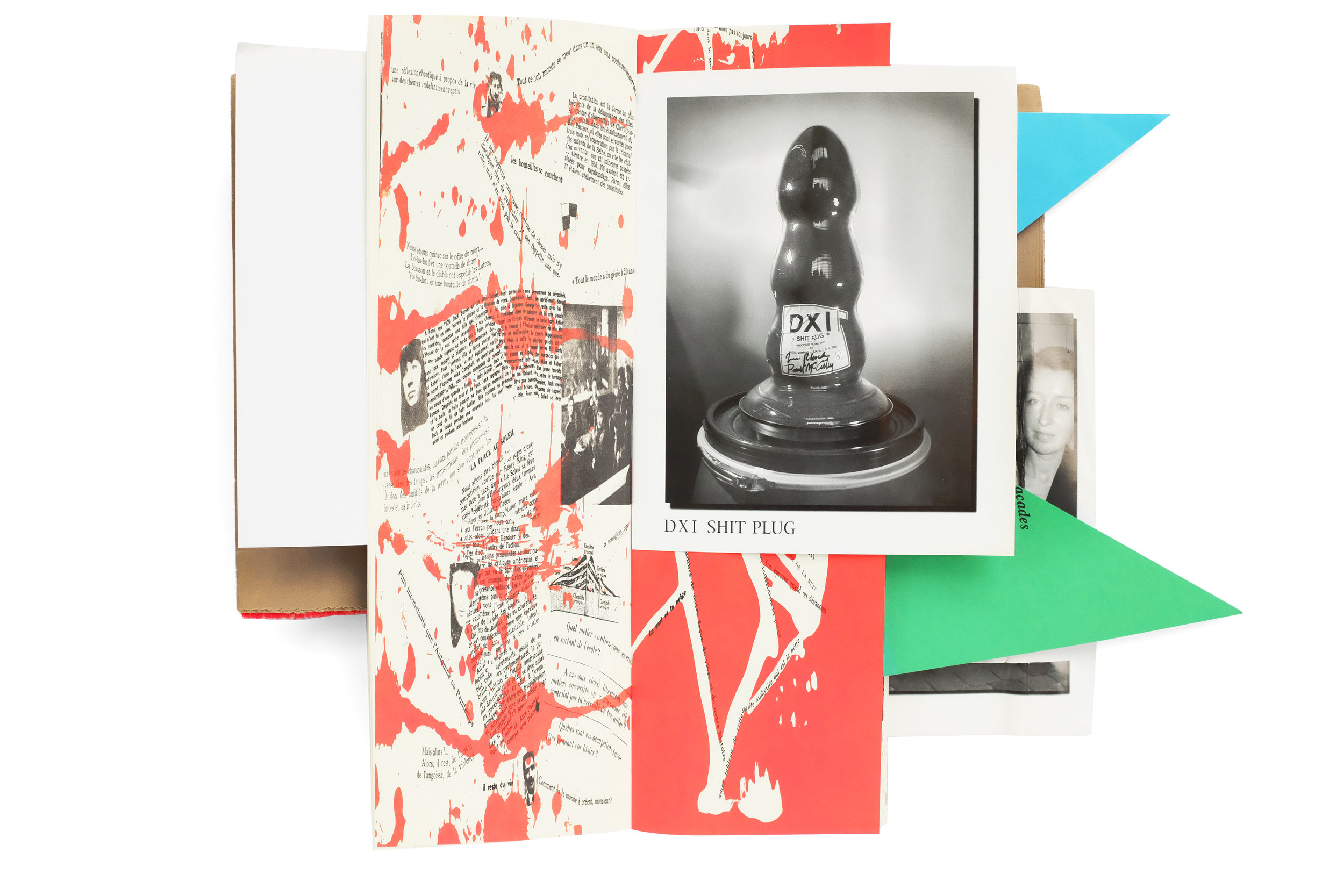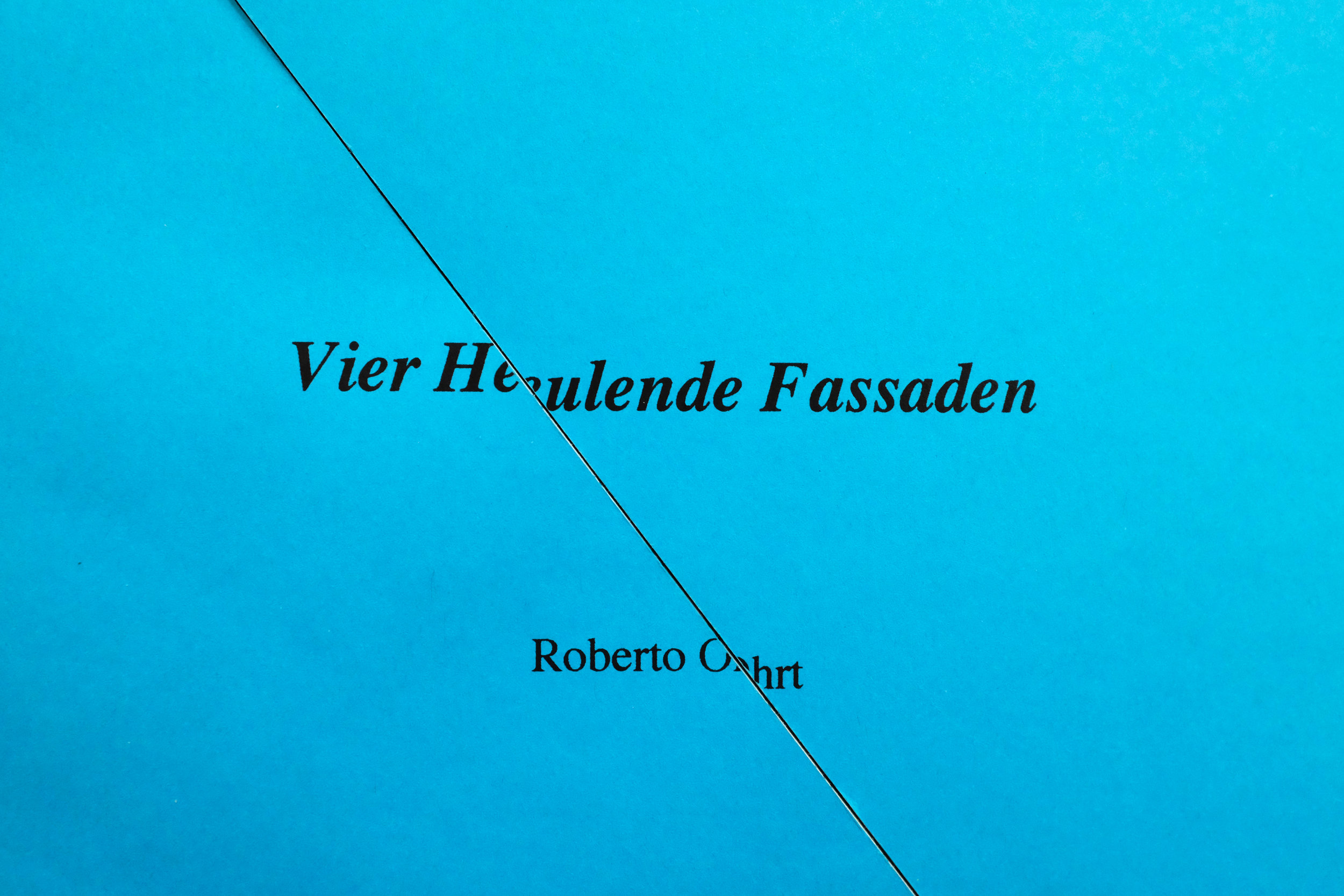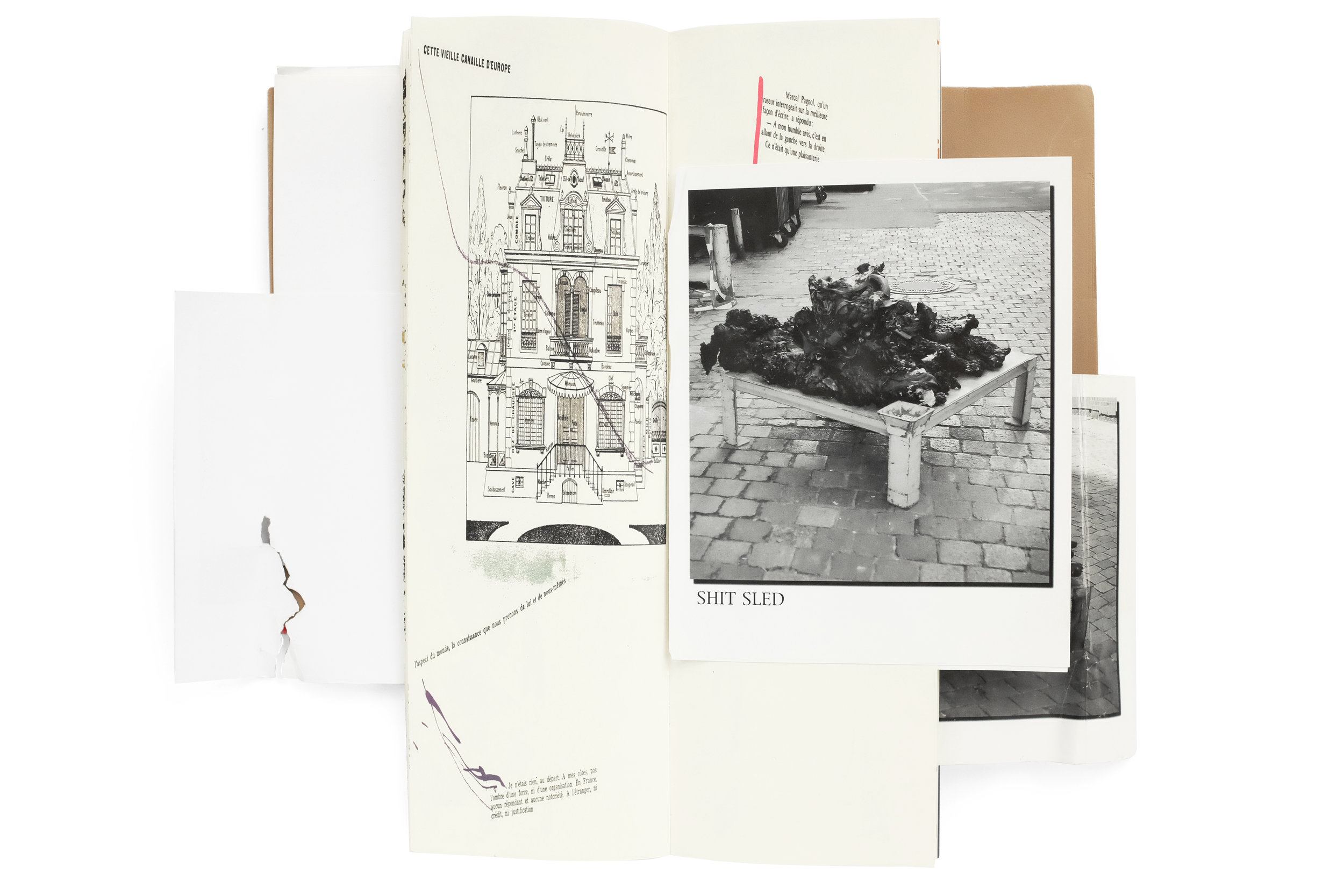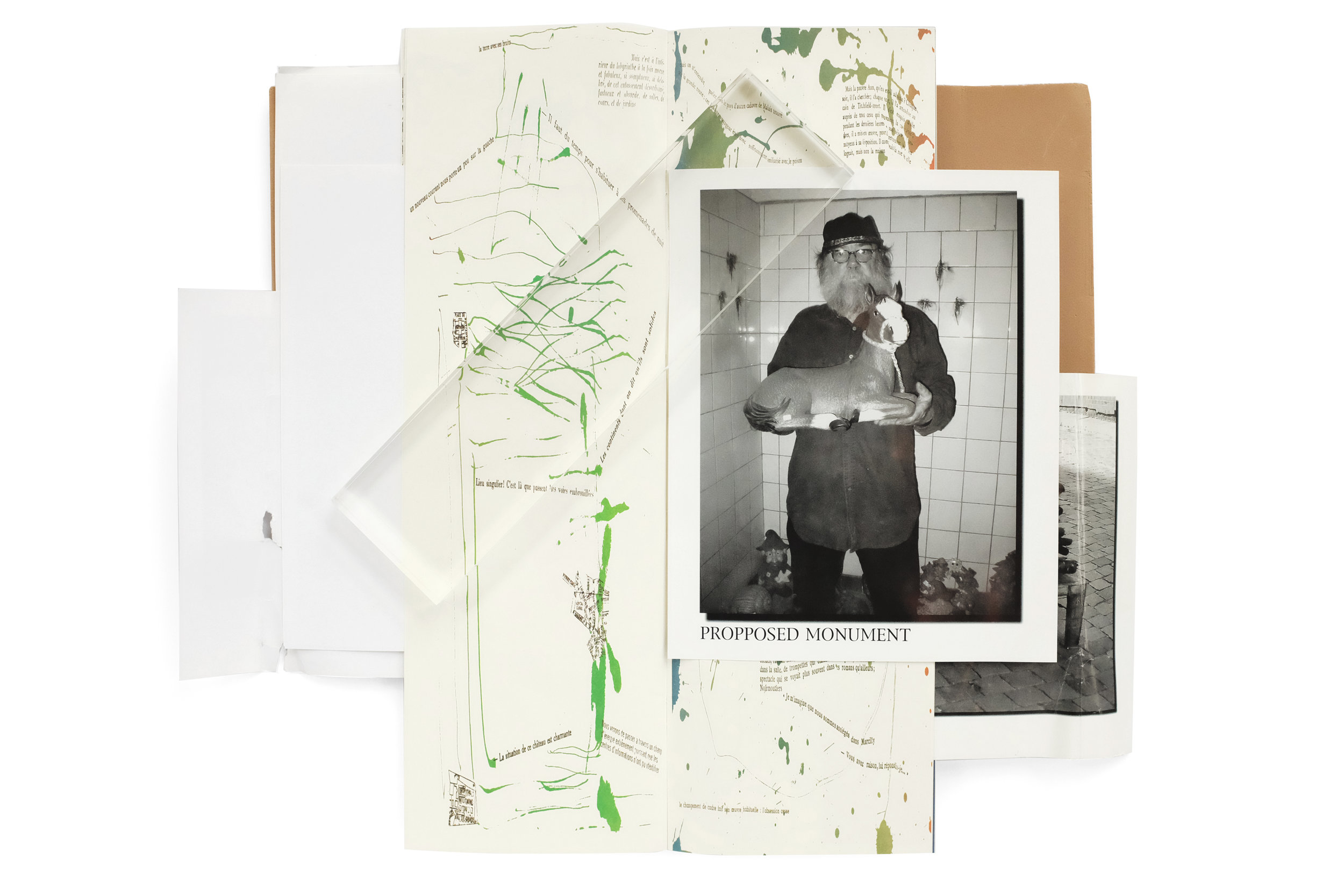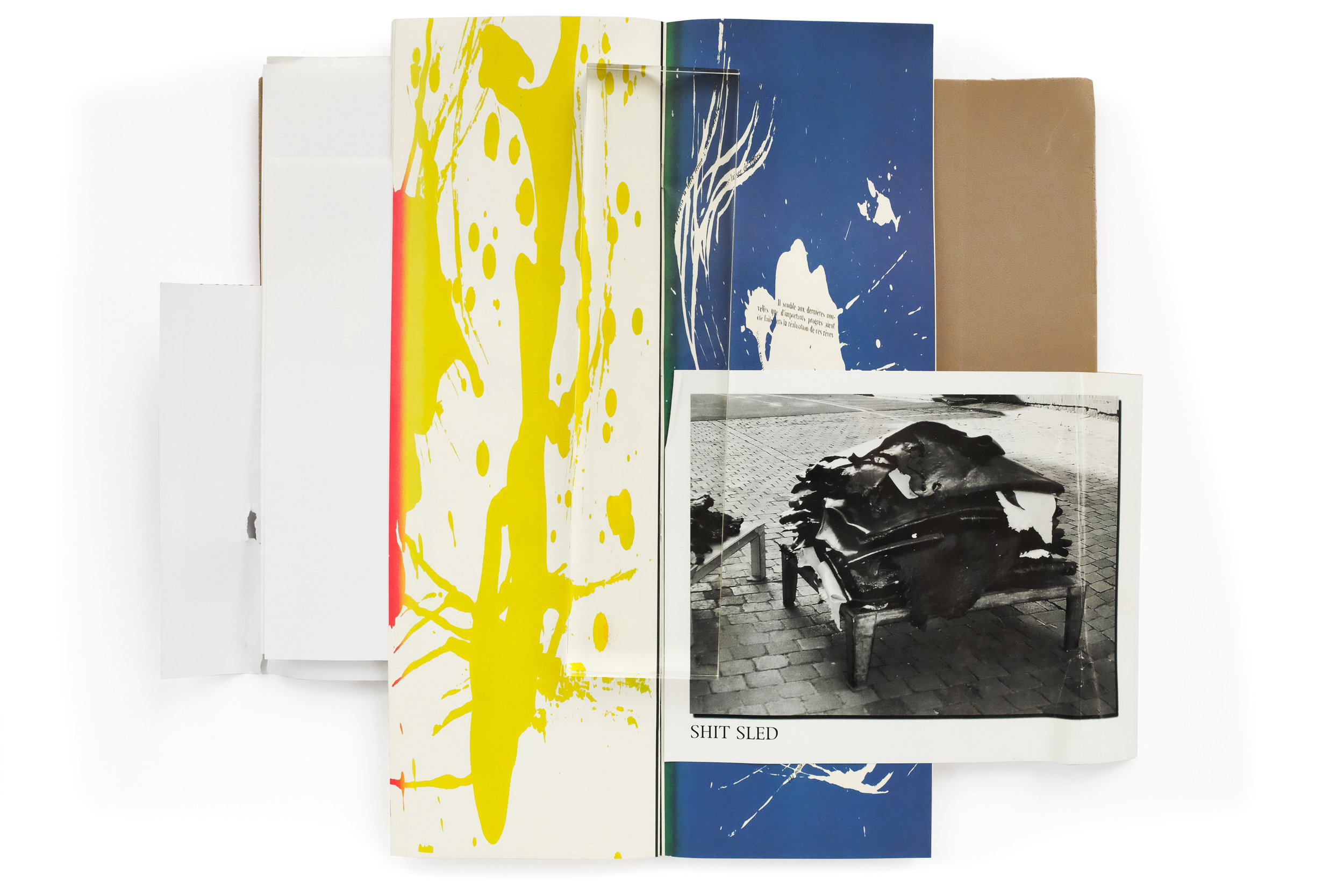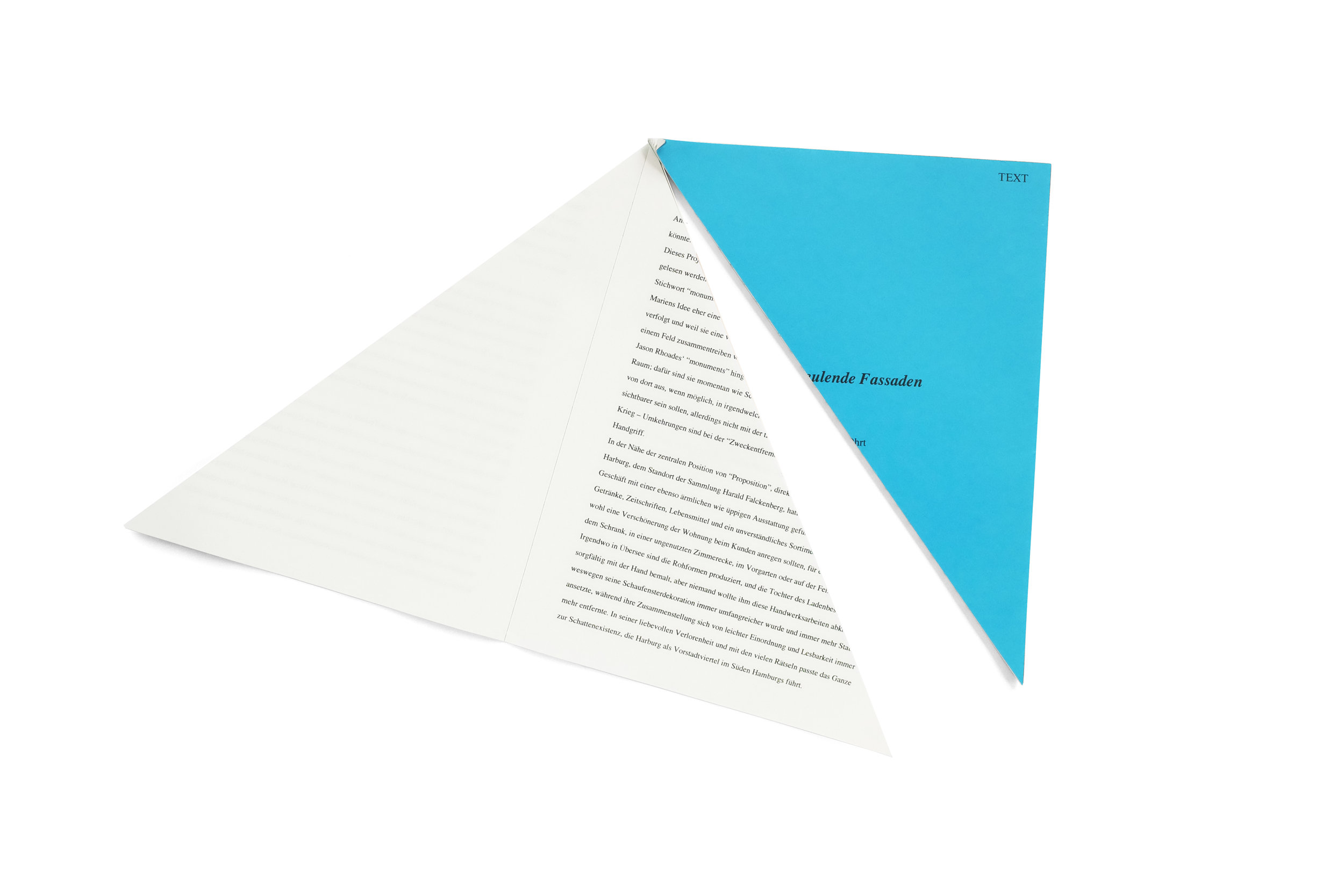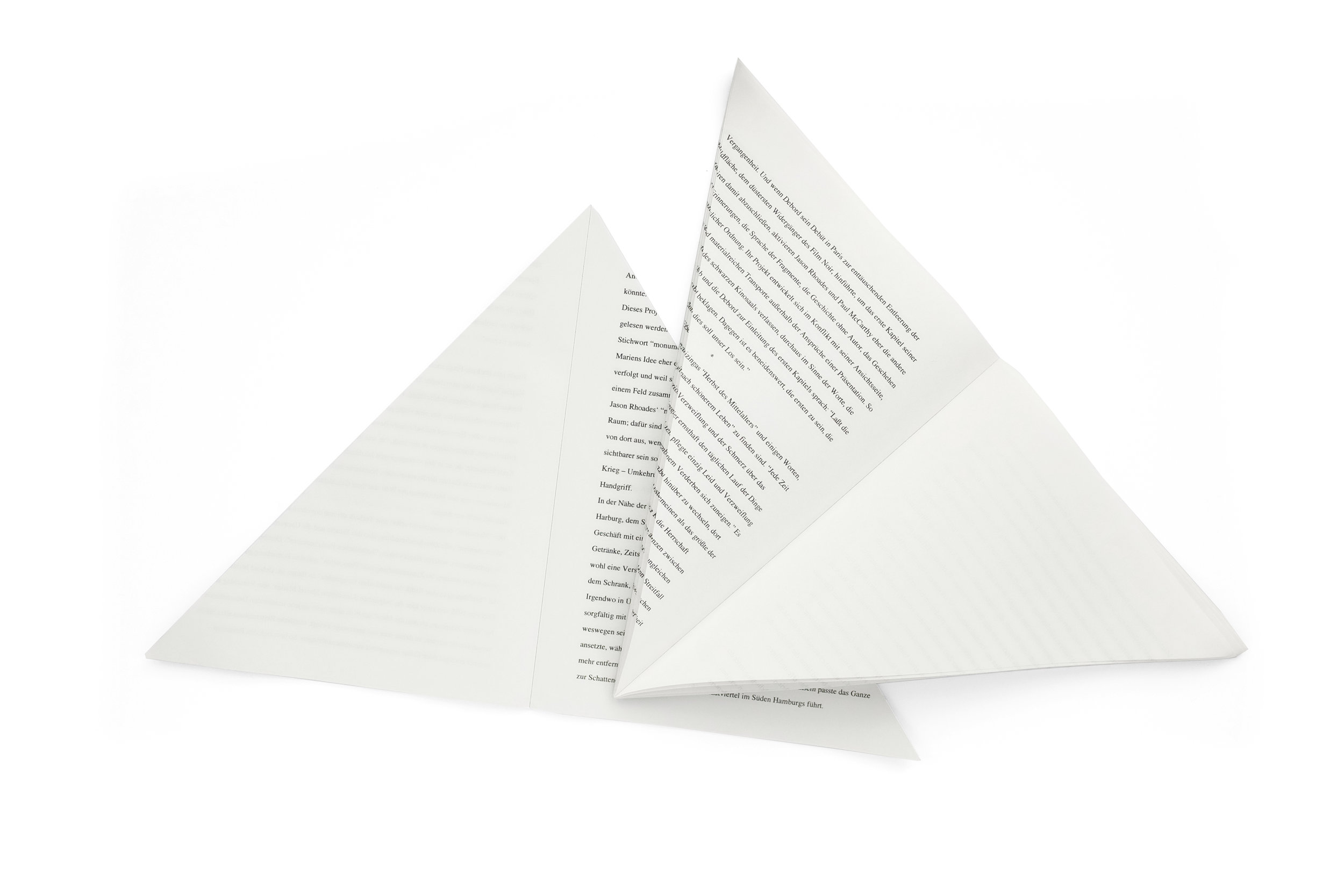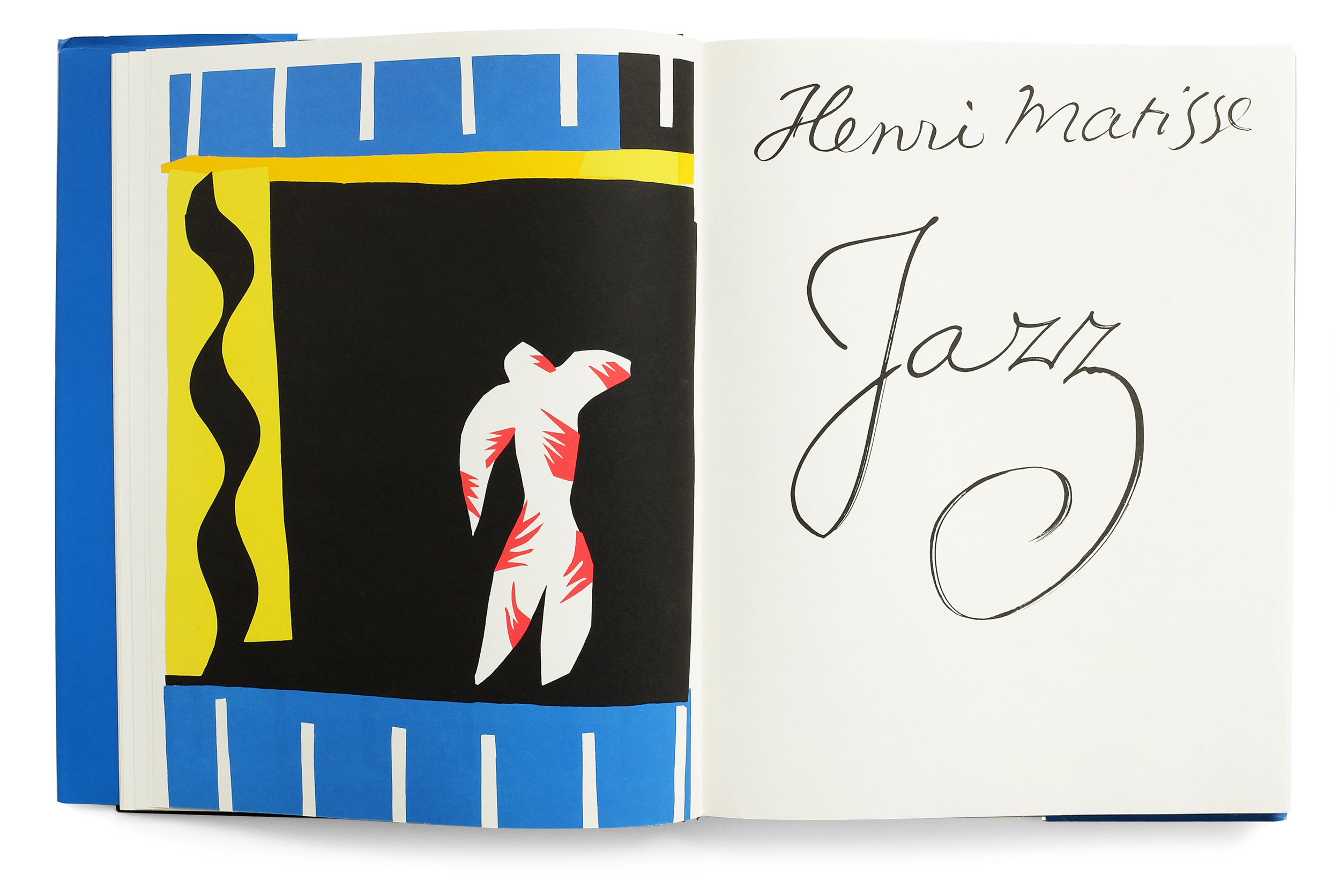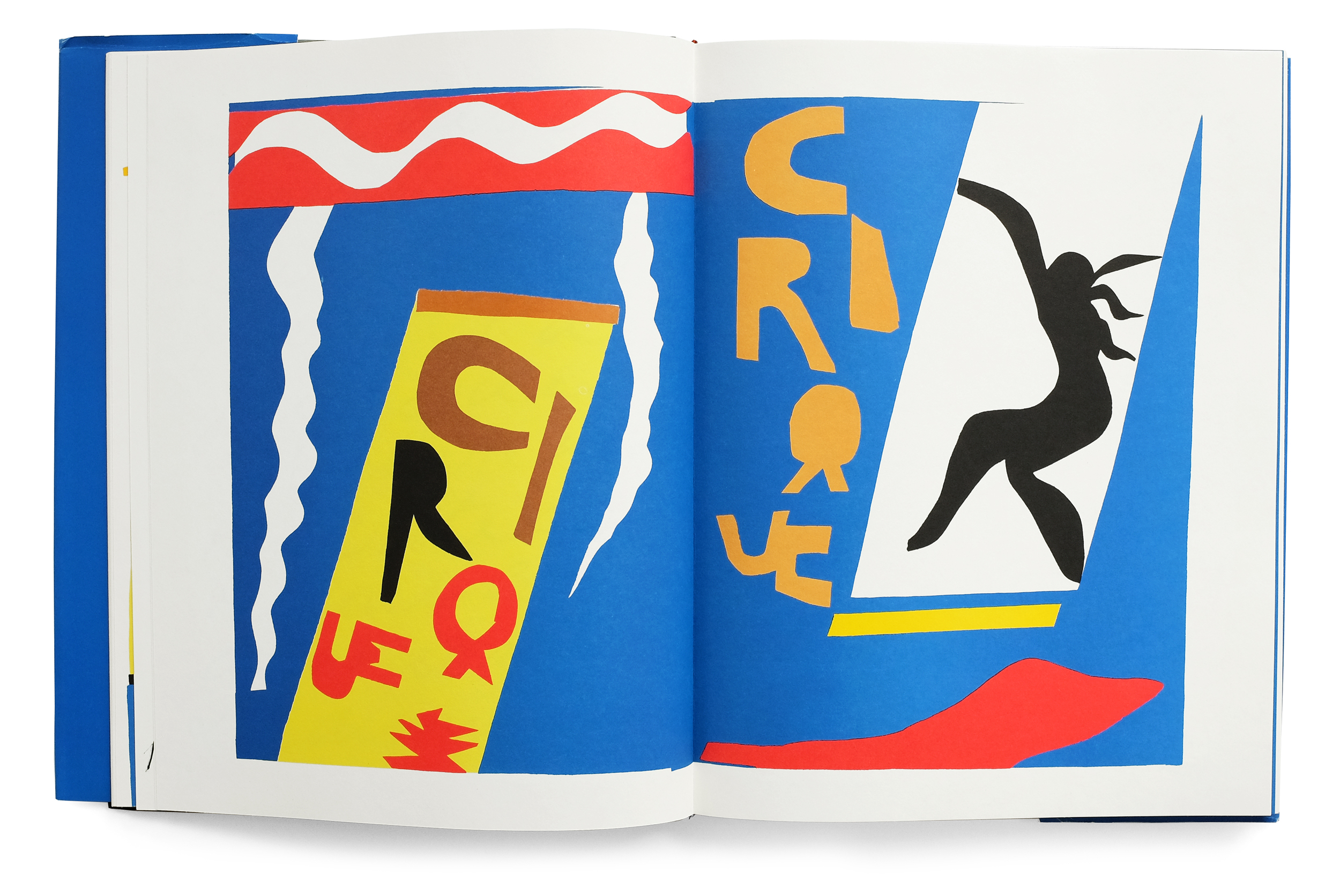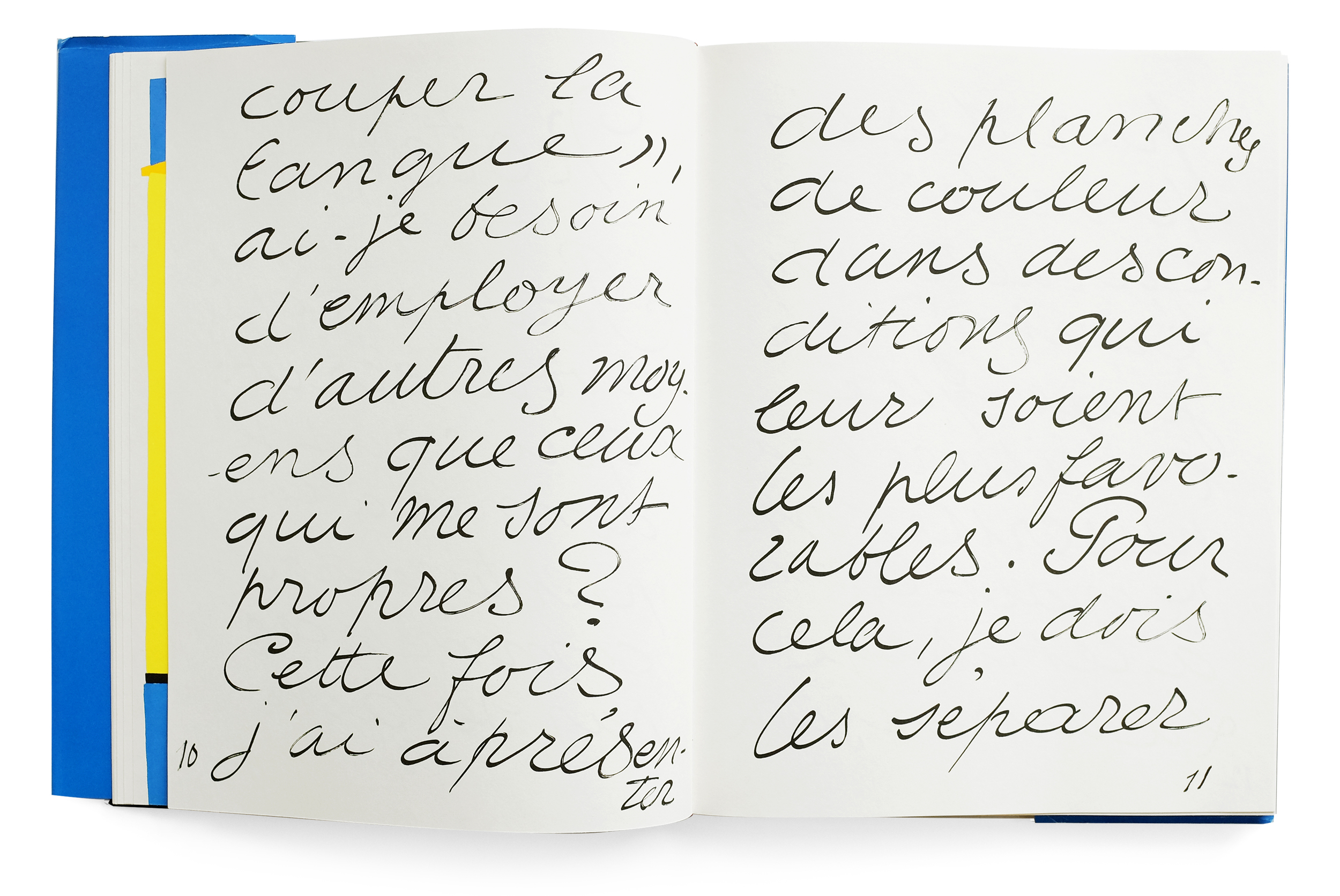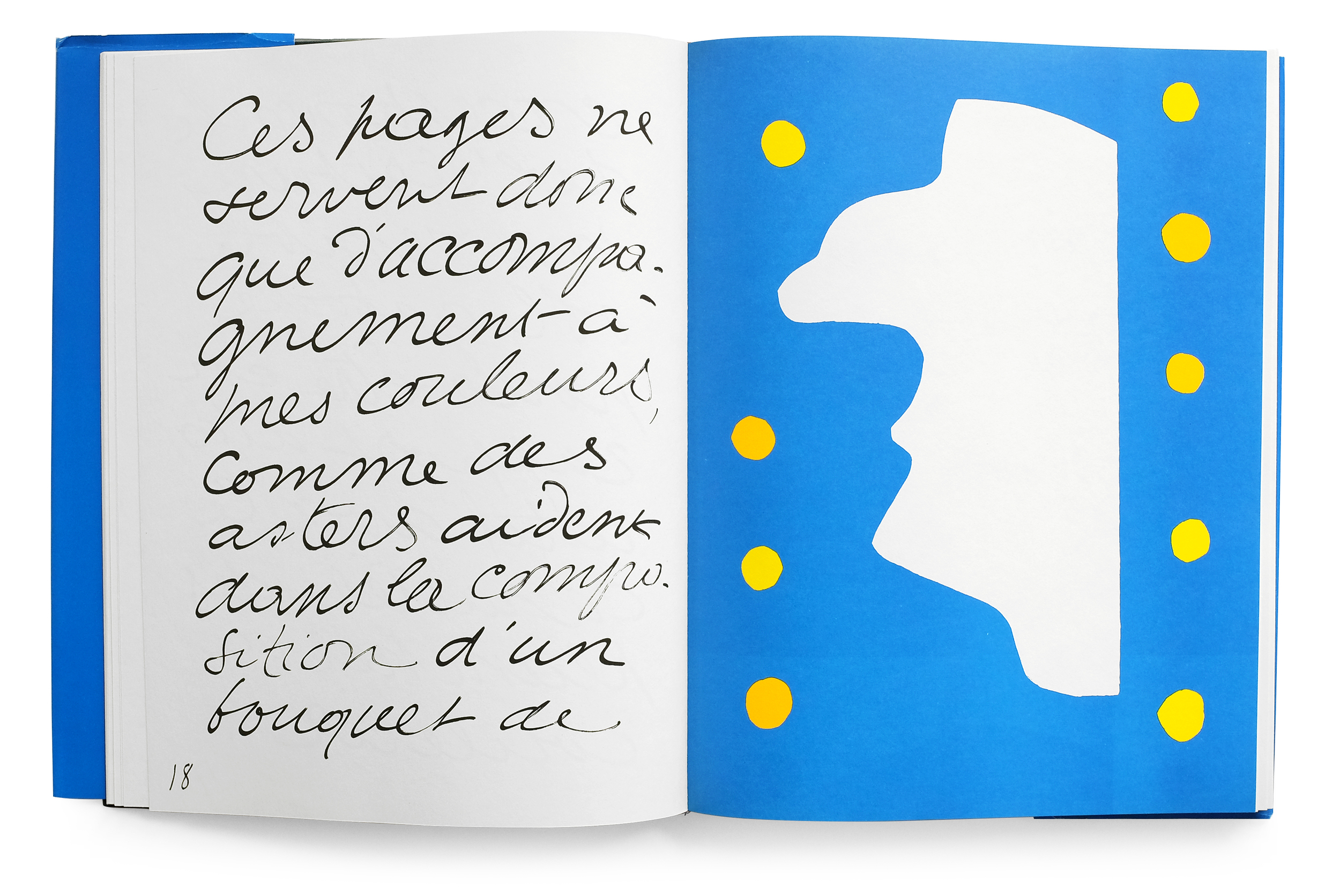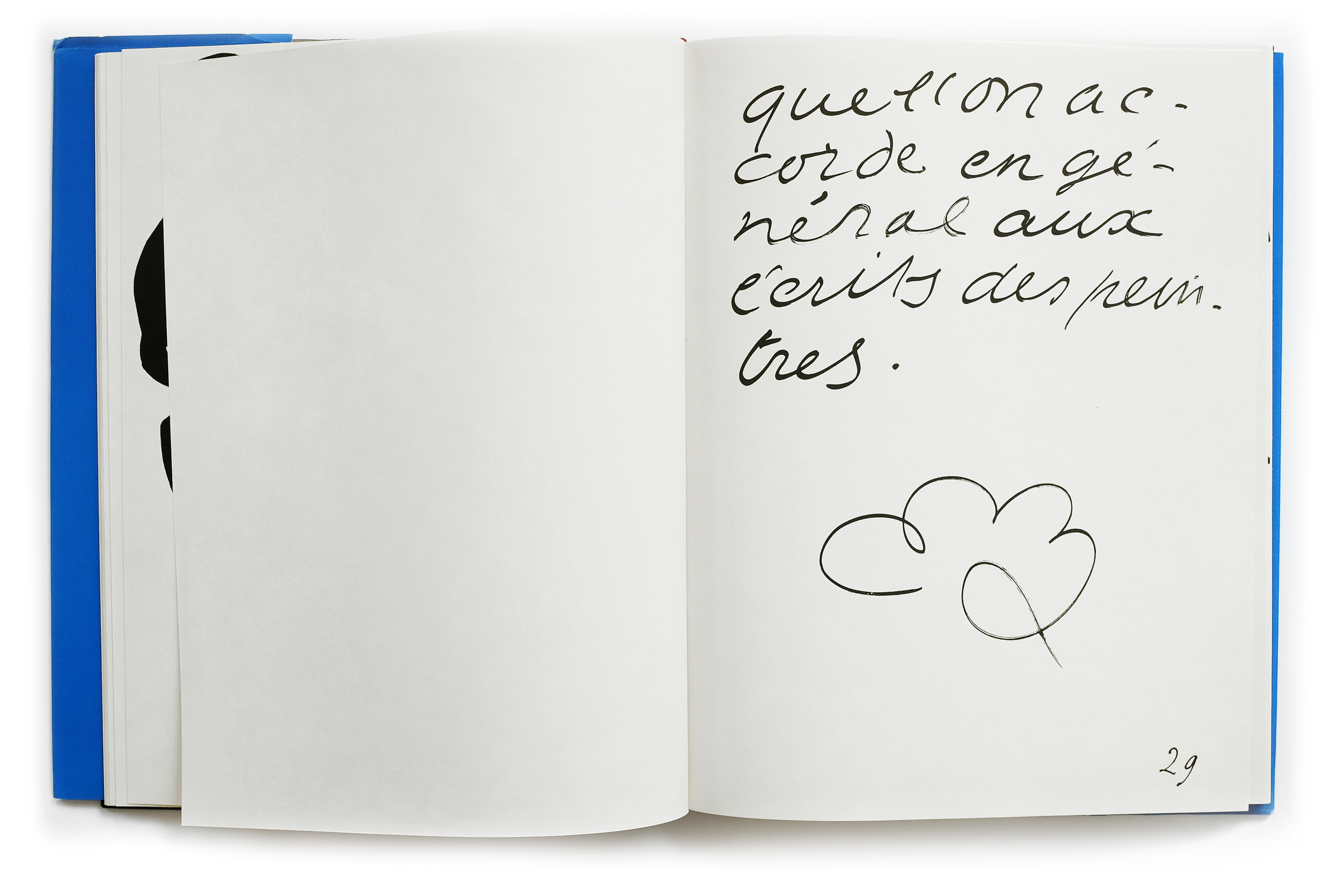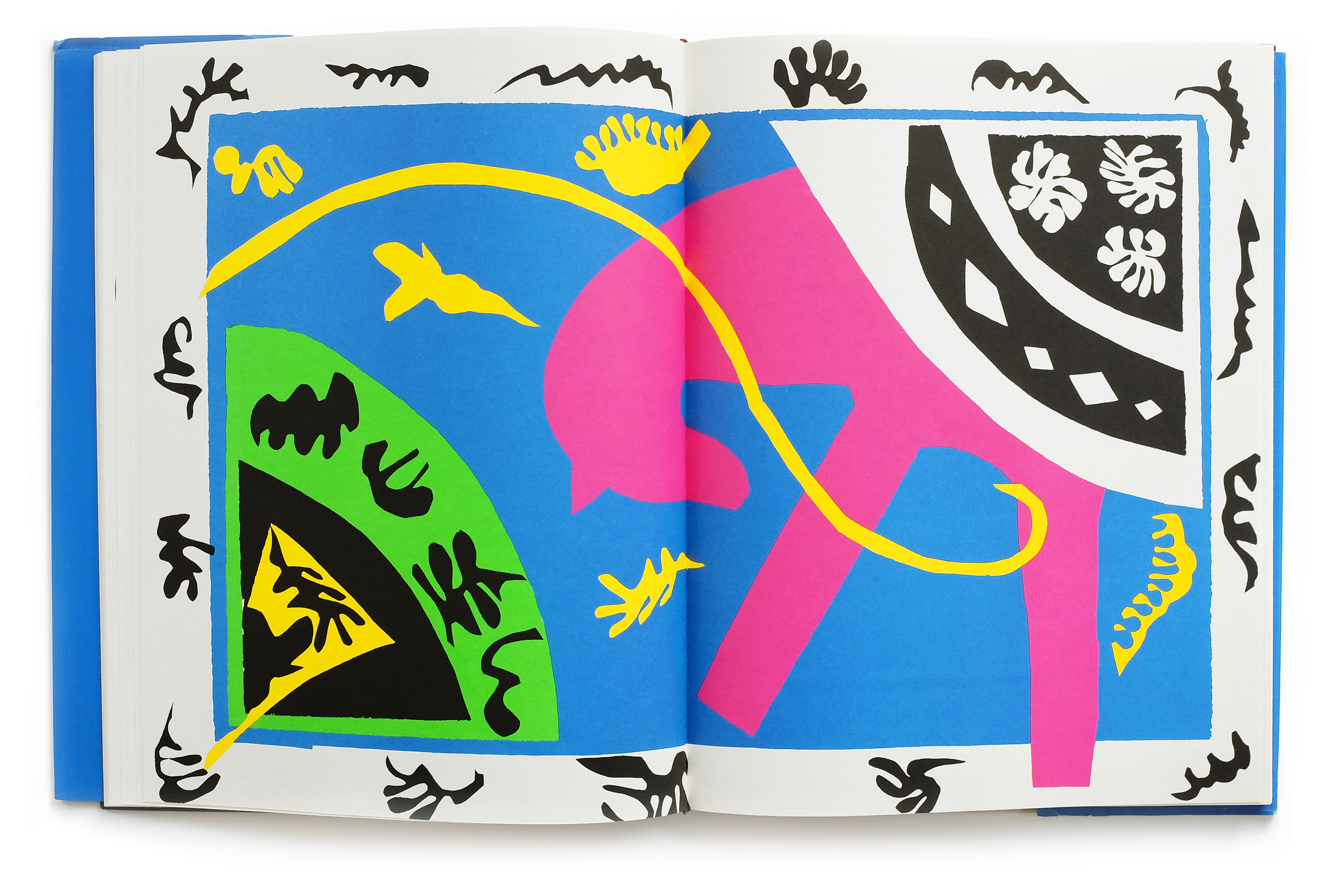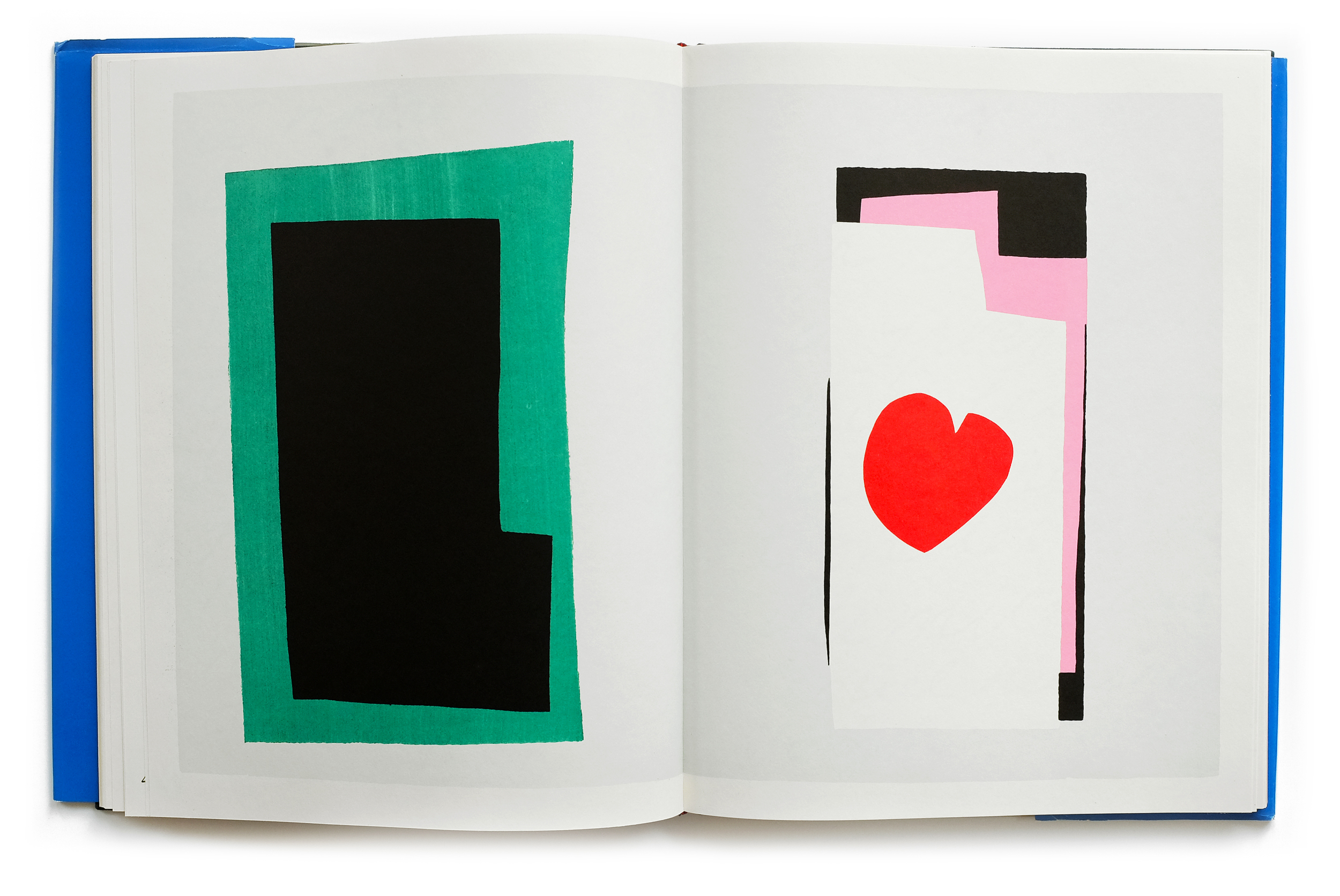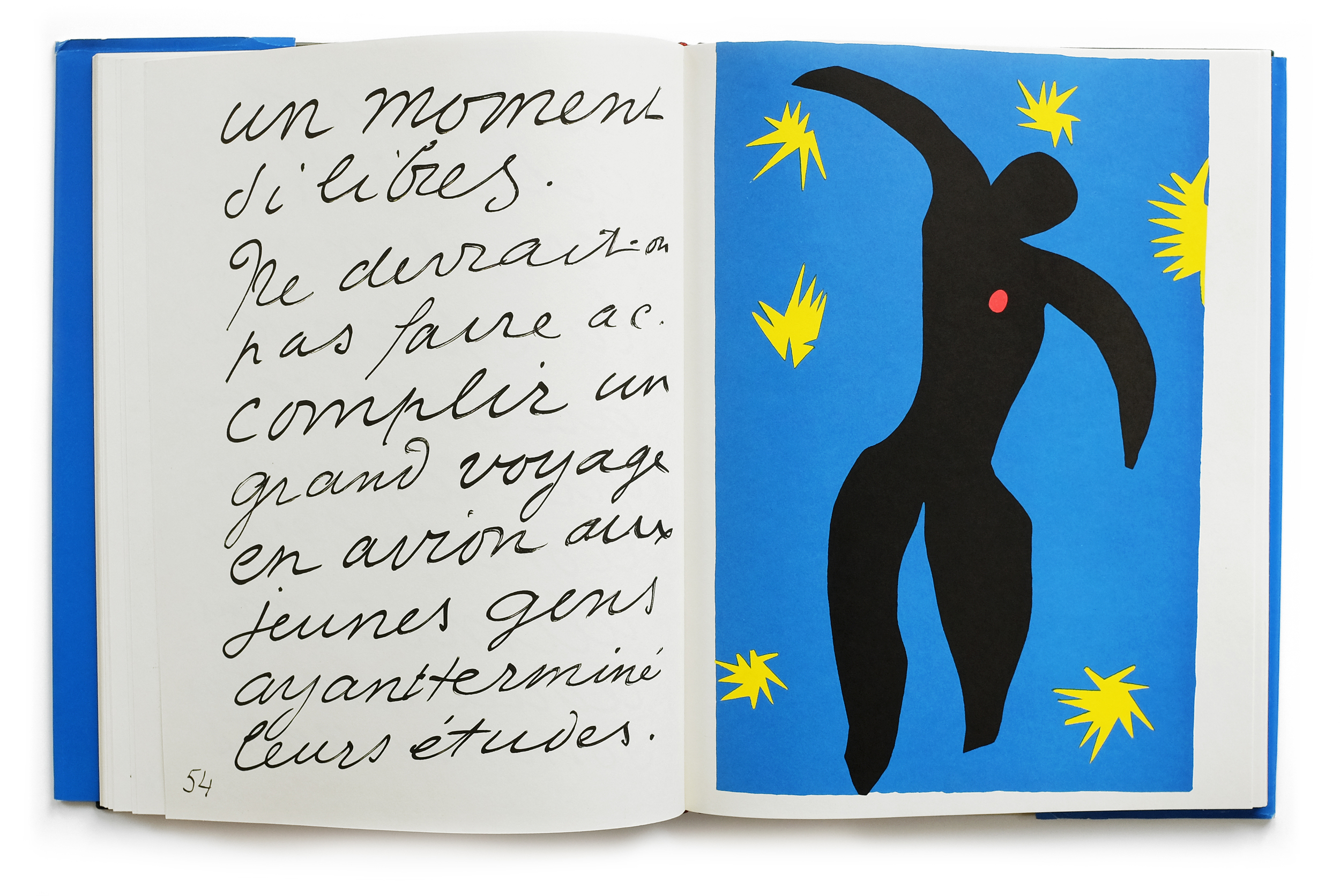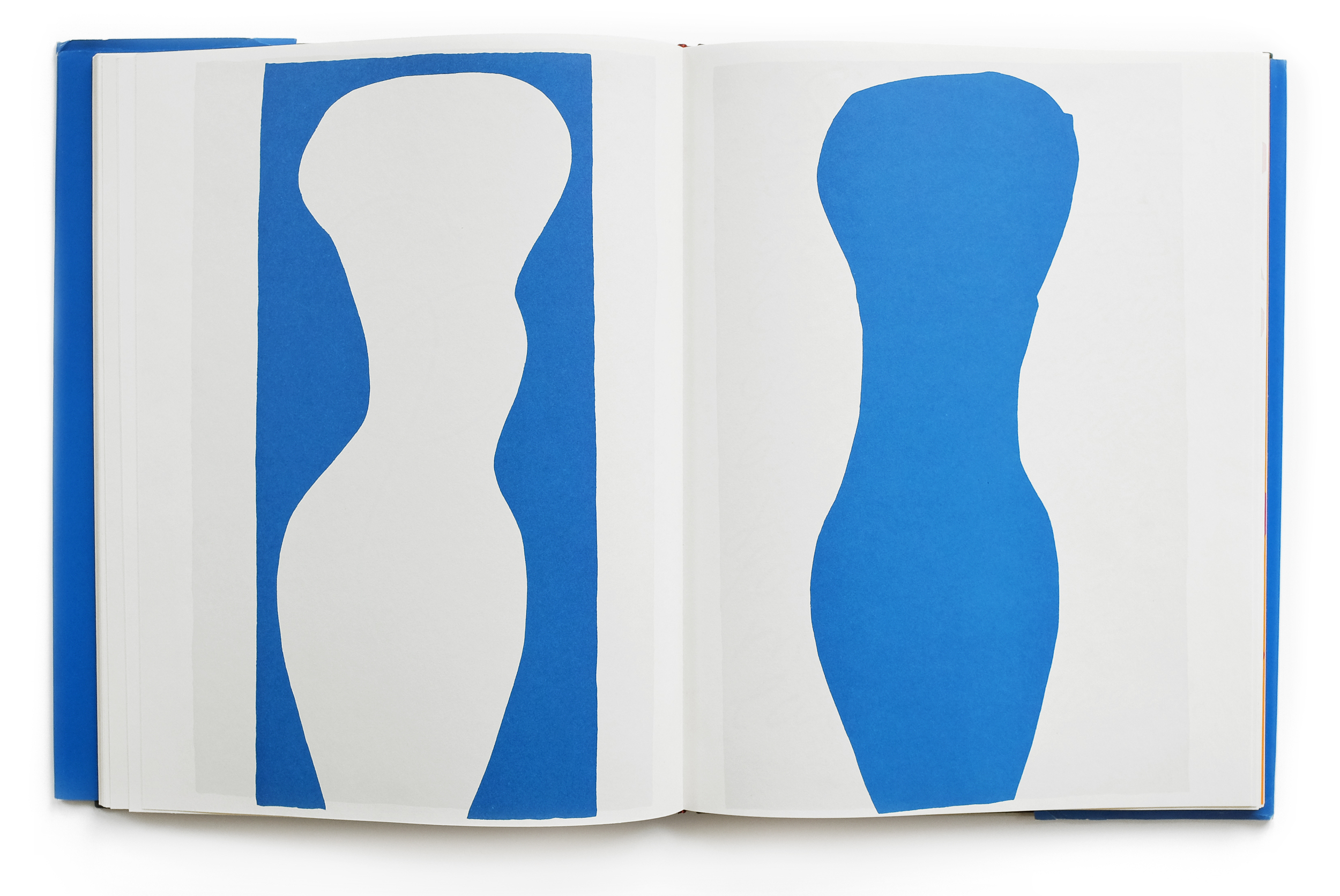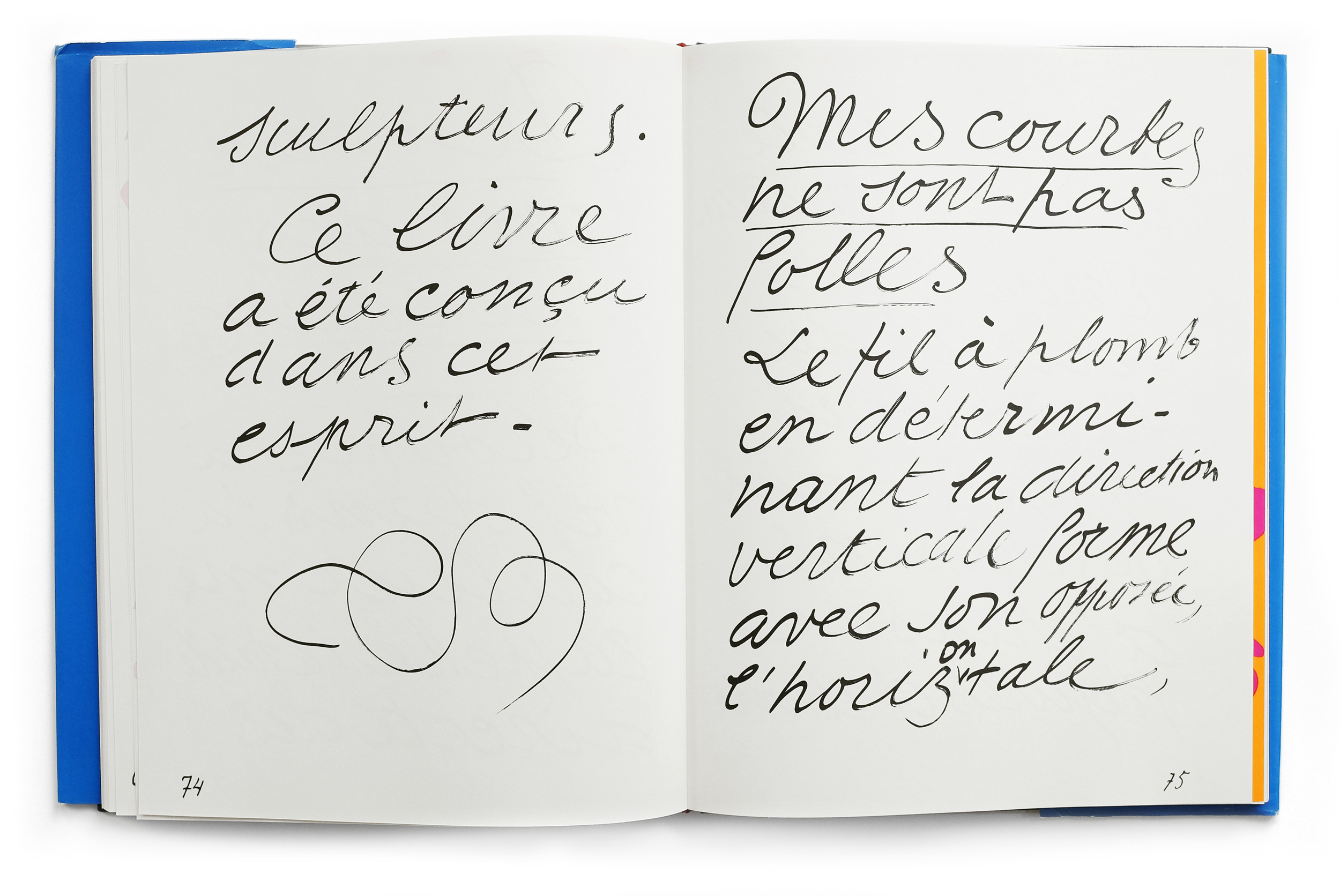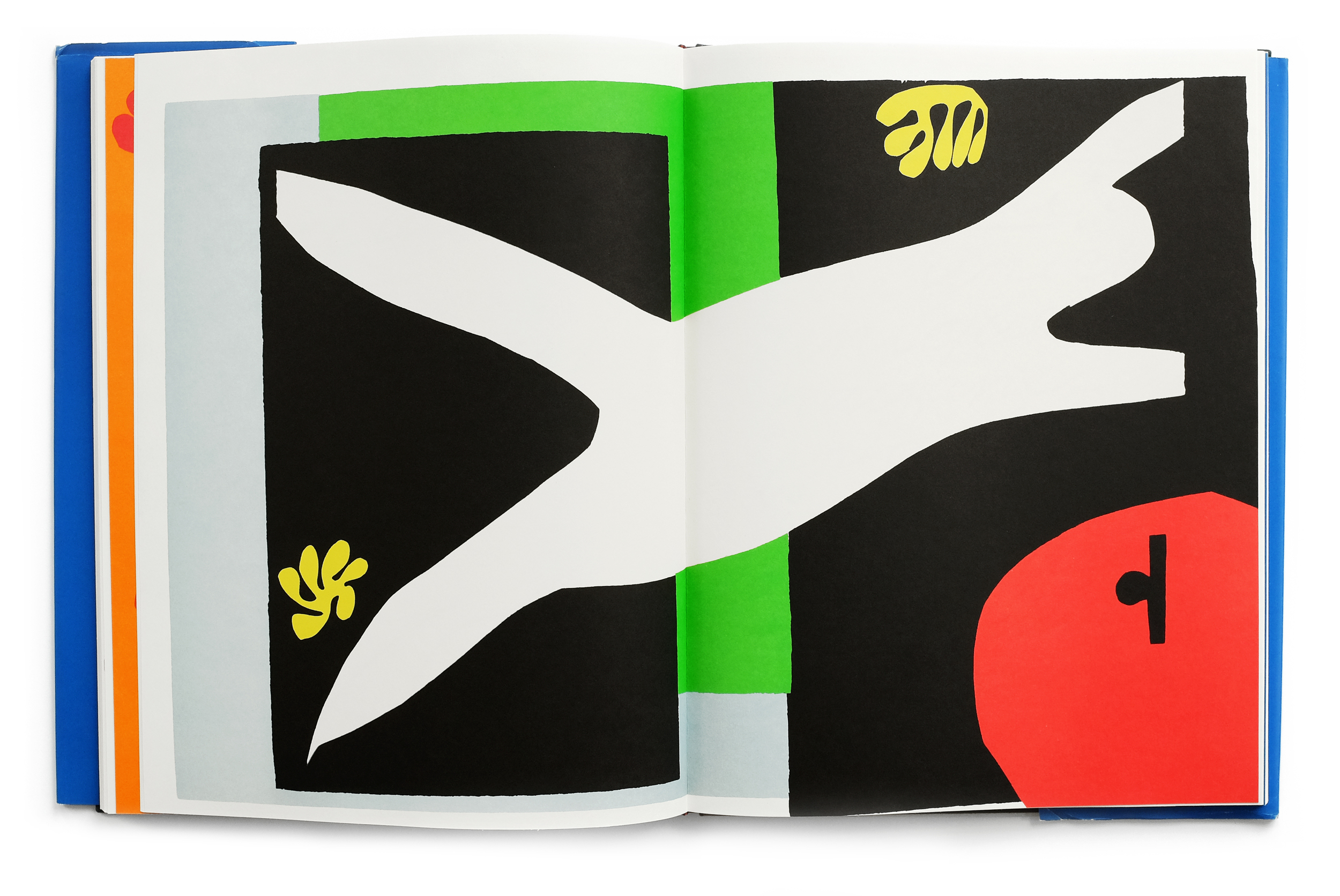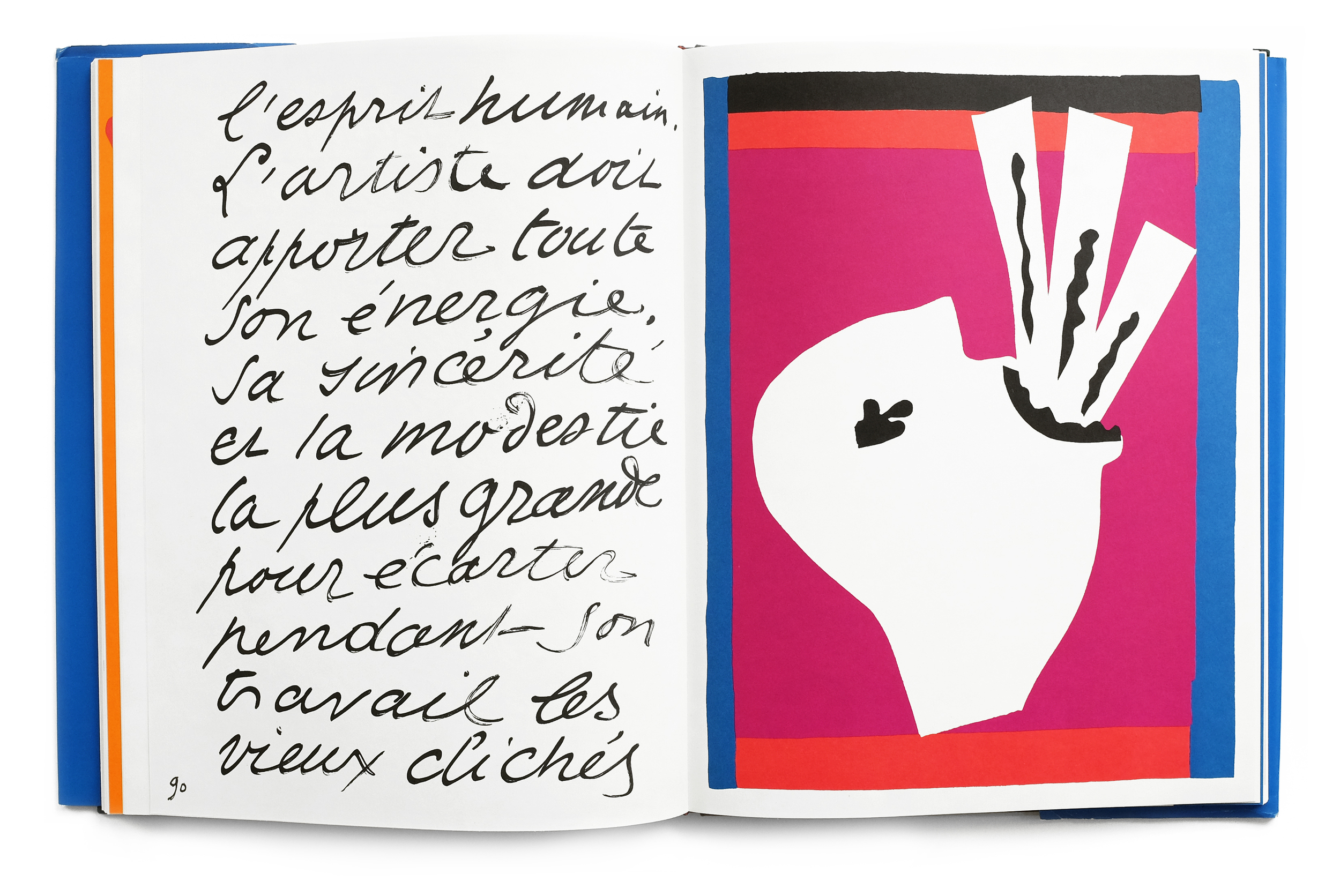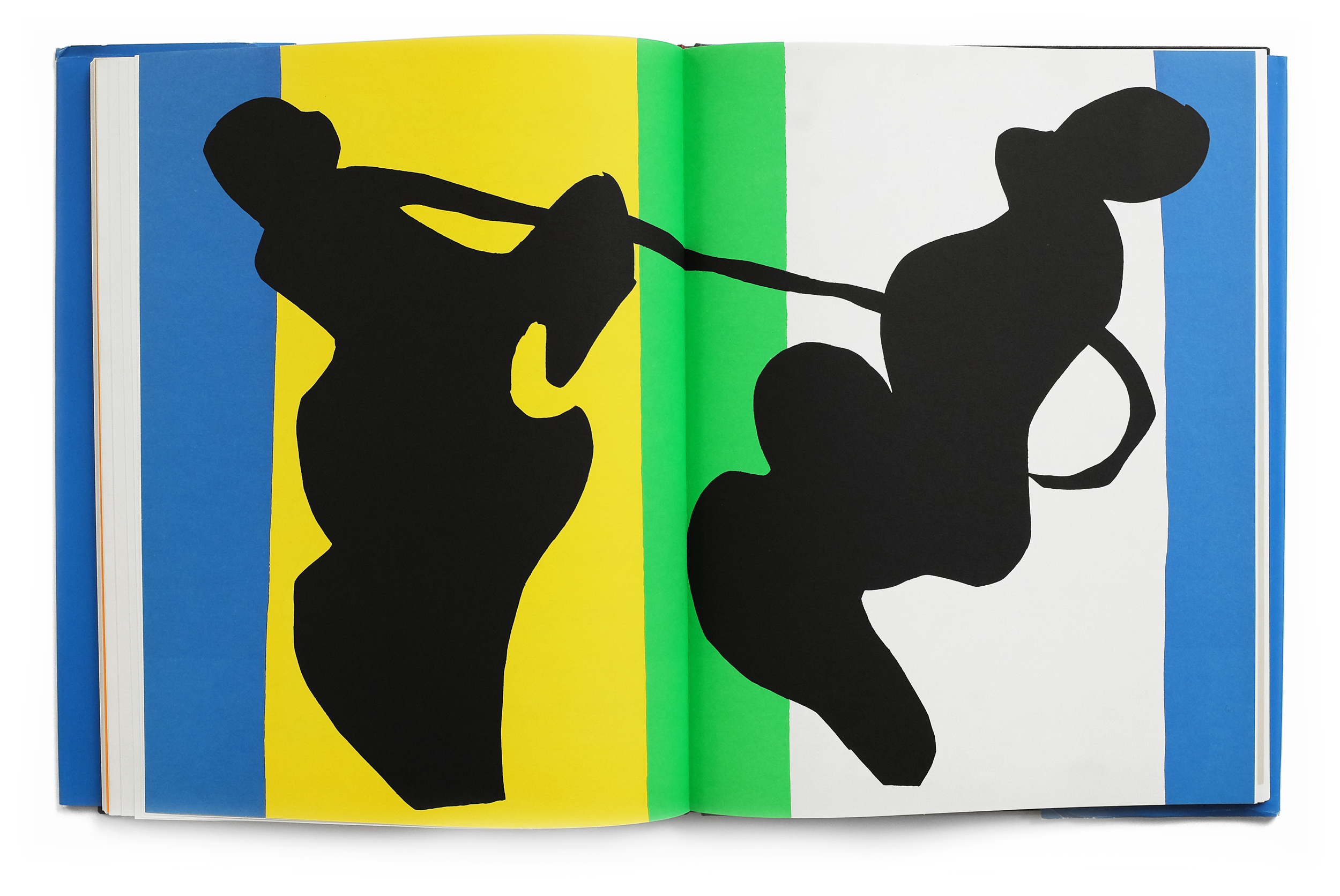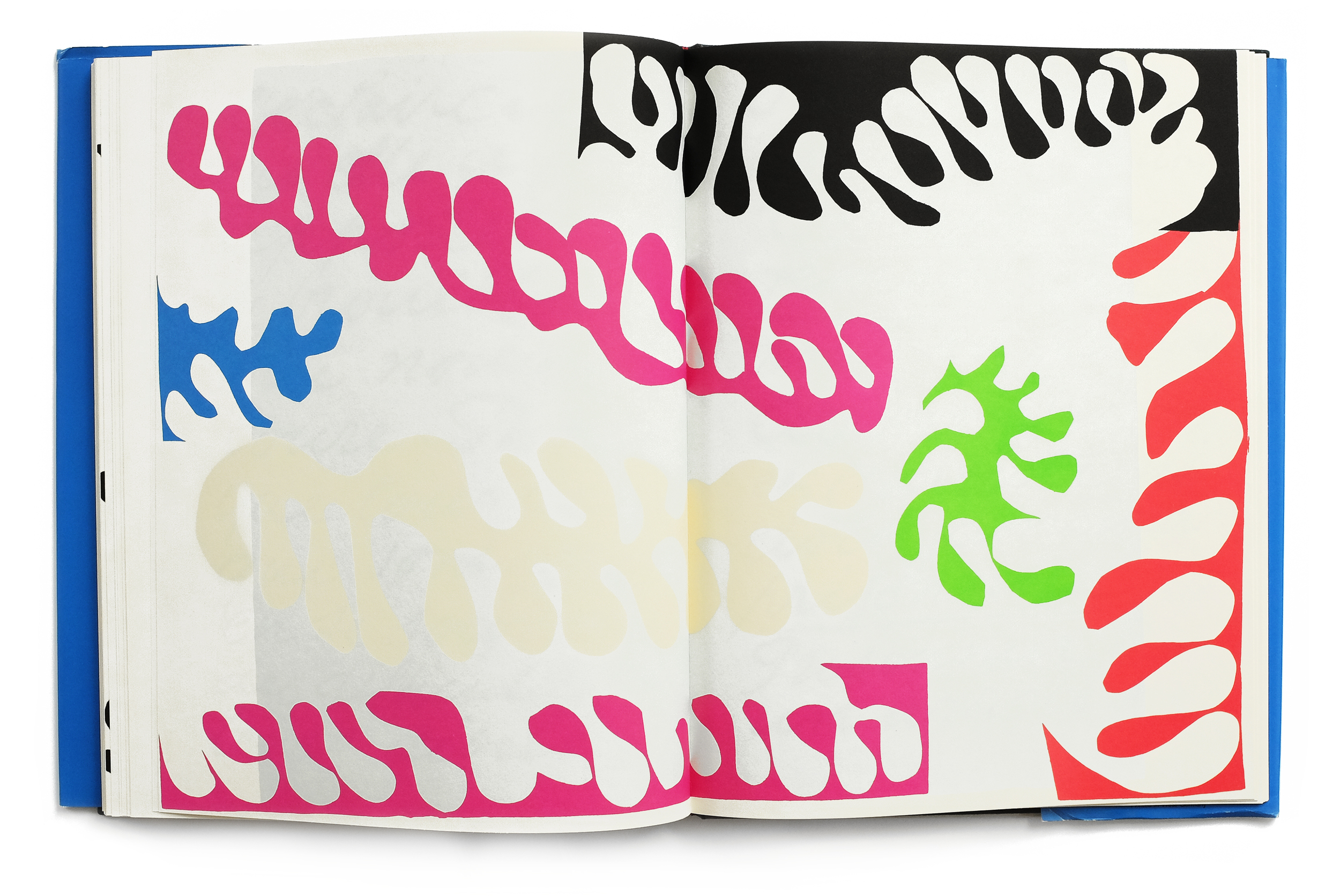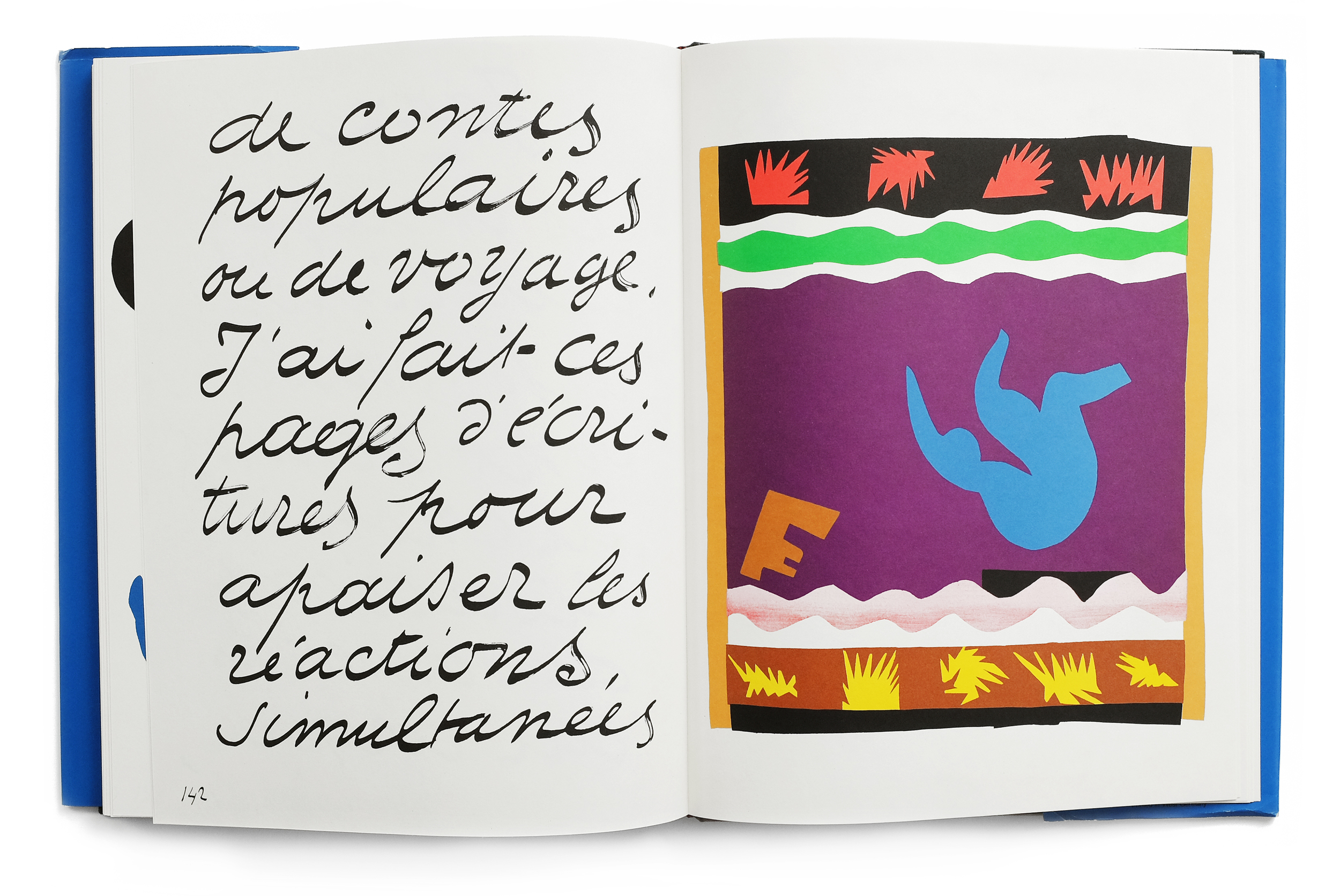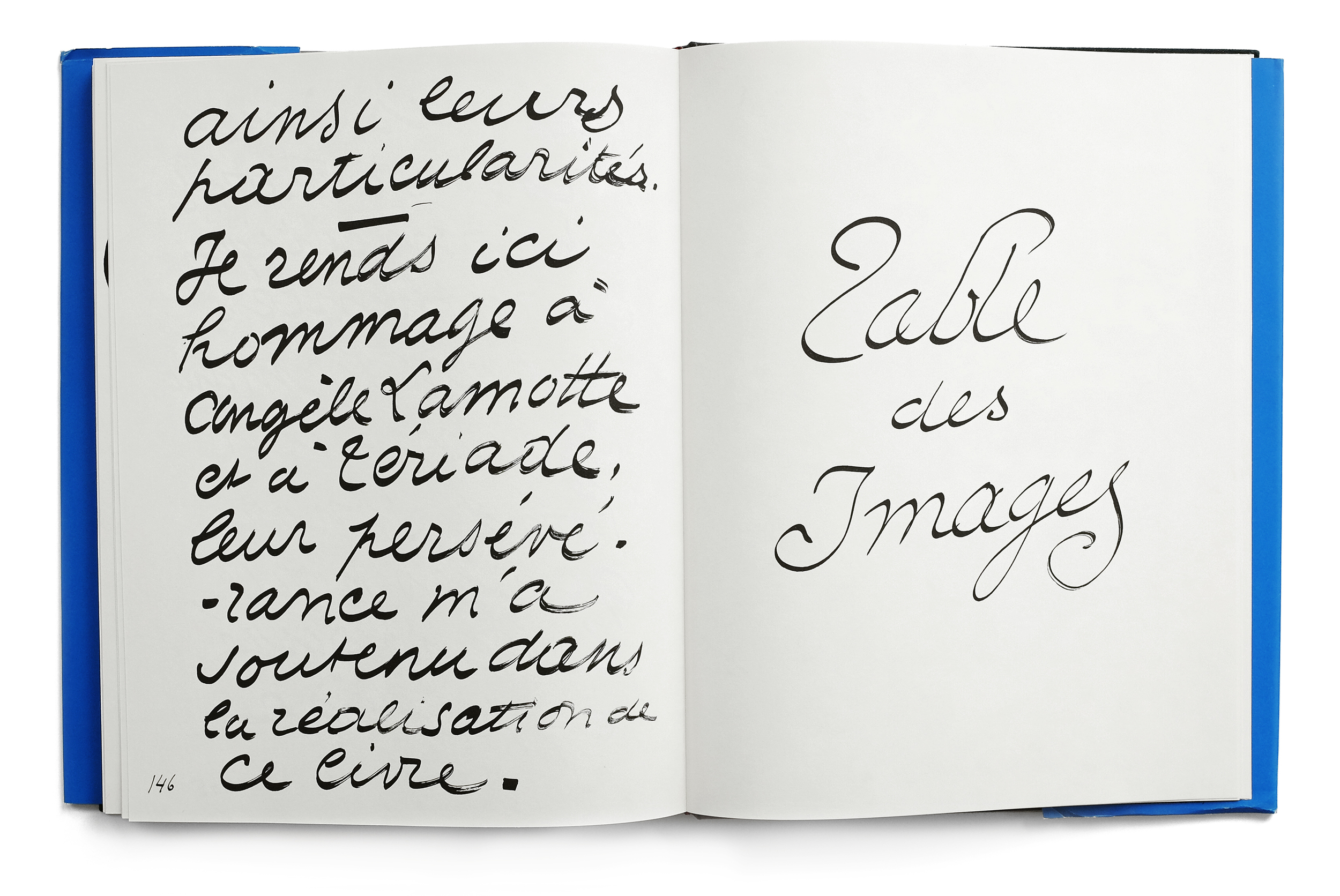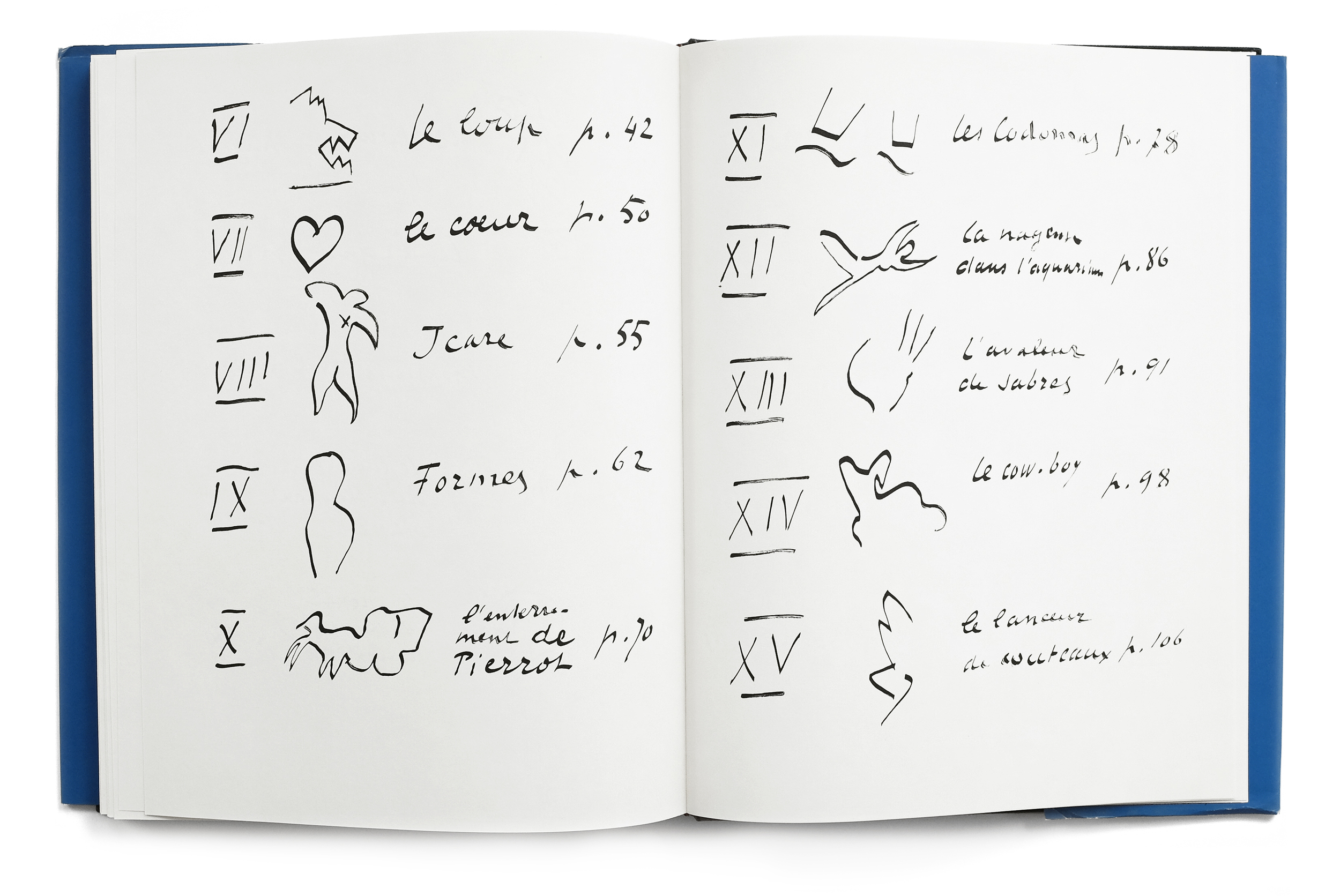Shit Plug
Shit Plug
Paul McCarthy, Jason Rhoades
2002
Hauser & Wirth, Walther Koenig
ed. 500, signed
design by Paul McCarthy and Jason Rhoades
In a way, I don't want to write anything about this book and I'd rather let the images alone speak for itself. Because that is exactly how I came to find it, without any context at all. I was recently in London, shopping at Thomas Heneage's historic art book store. As I was mining the stacks I came upon this utter oddity, hidden above a row of books, at the very top of a large shelf, almost touching the ceiling. It was unlike anything I had ever handled—a kind of raucous fusion of color, form, and typography. The blood-red carpeted cover poorly attempts to wrap the contents of the book. Various paper stocks, sizes, and colors jutted out from every side with no apparent motivation other than to disorient the reader. And almost immediately upon lifting the book, a dual-language booklet, split horizontally down the center, fell out. I was profoundly confused and in love. I purchased the book and spent 45 minutes working with Thomas in the basement of his bookshop to safely package it for my flight back home.
I set about researching the origin of the book with few satisfying answers. I do know that it was created in tandem with an exhibition at Hauser and Wirth Zurich, by the artists Paul McCarthy and Jason Rhoades. The fragmented text within is written by the Situationalist Guy Debort and the accompanying bisected booklet is an essay on the exhibition. It turned out, the damage to the book was not due to an improper handling of the catalog over the nearly 15 years since it was created, but was actually by design. The books themselves came tightly shrinkwrapped and were displayed within the exhibition. The shrinkwrapping, of course, mangled the protruding pieces of the book, bending and tearing their edges—likely an intentional intervention to create a headache for the neurotic collectors. And the overall experience of navigating this catalog is not unlike that of viewing a McCarthy exhibition. It creates a playful, visceral, perplexing, and grotesque world where nuance doesn't exist.


